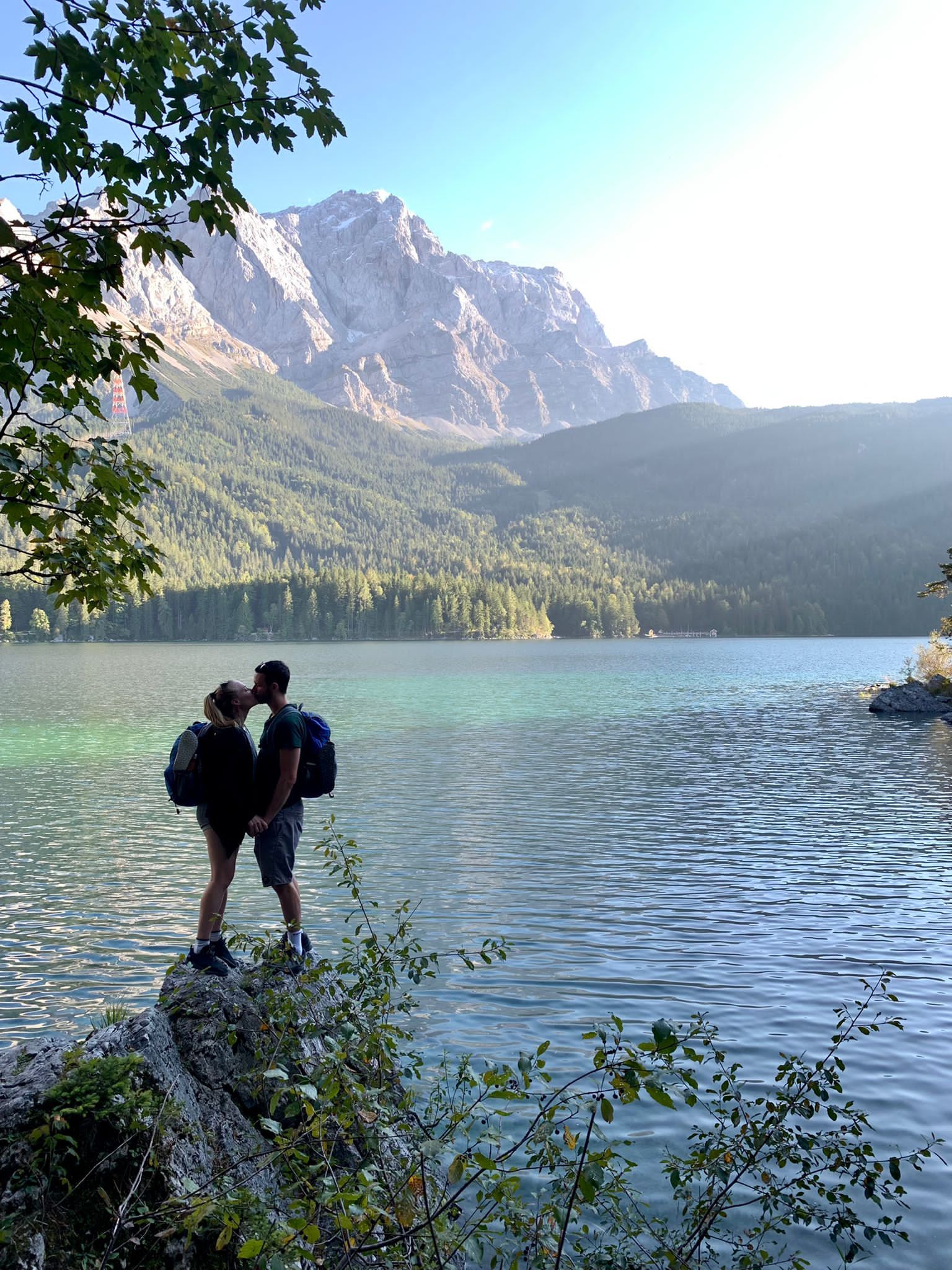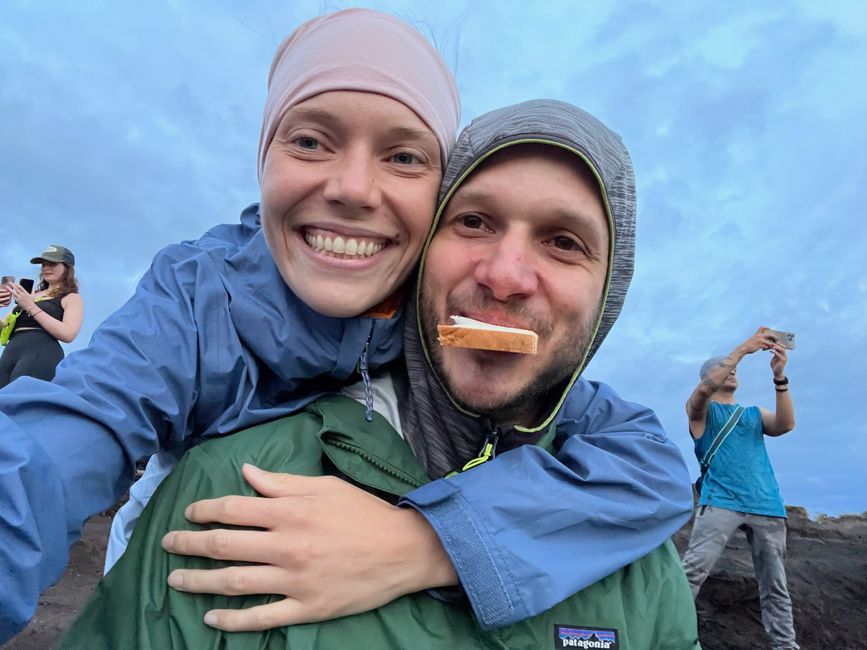Drake Bay
પ્રકાશિત: 02.09.2023
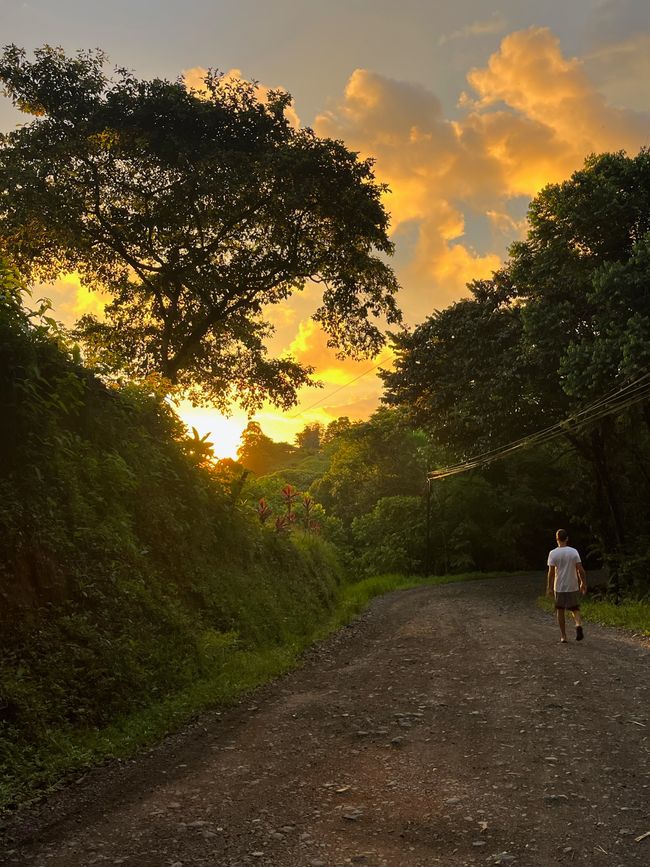
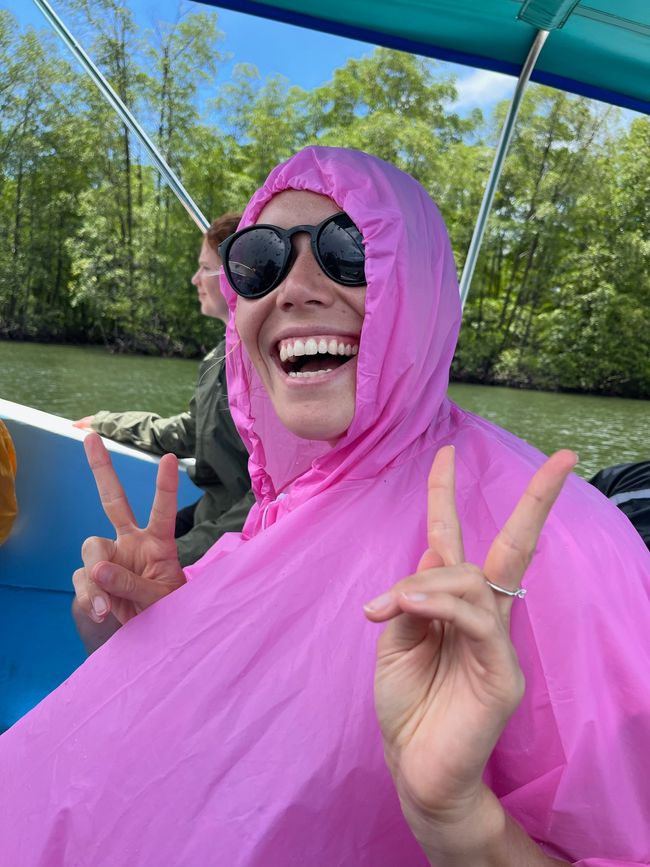
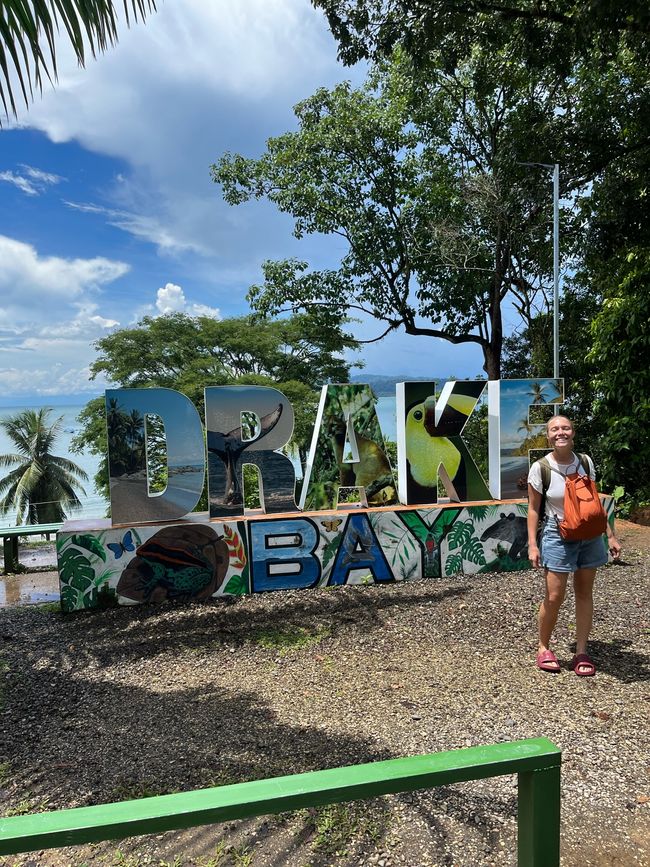
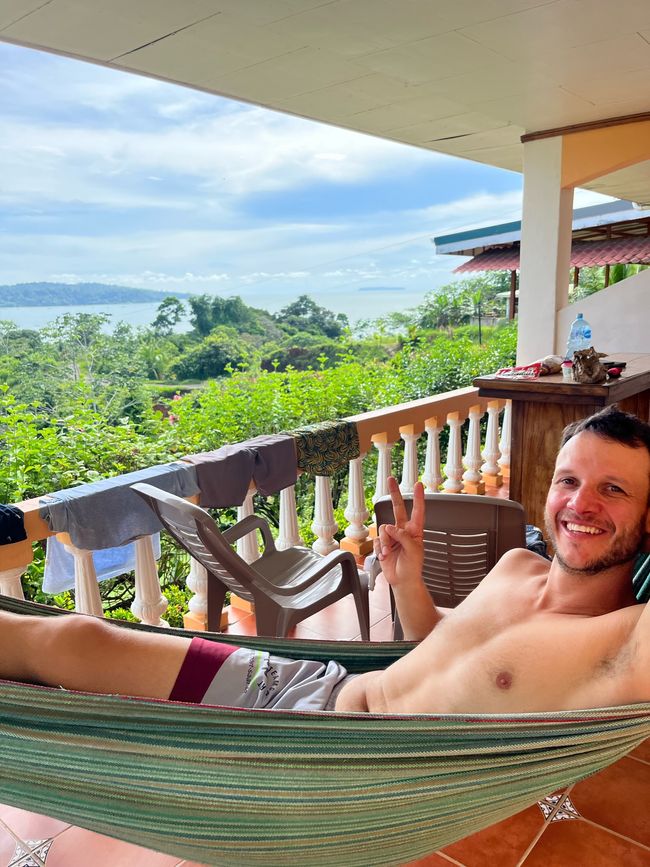
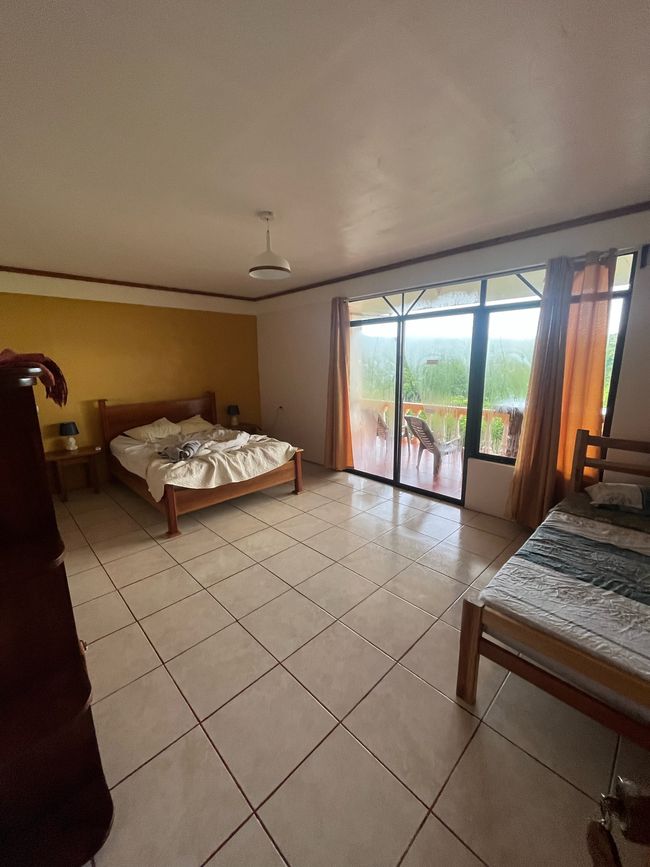
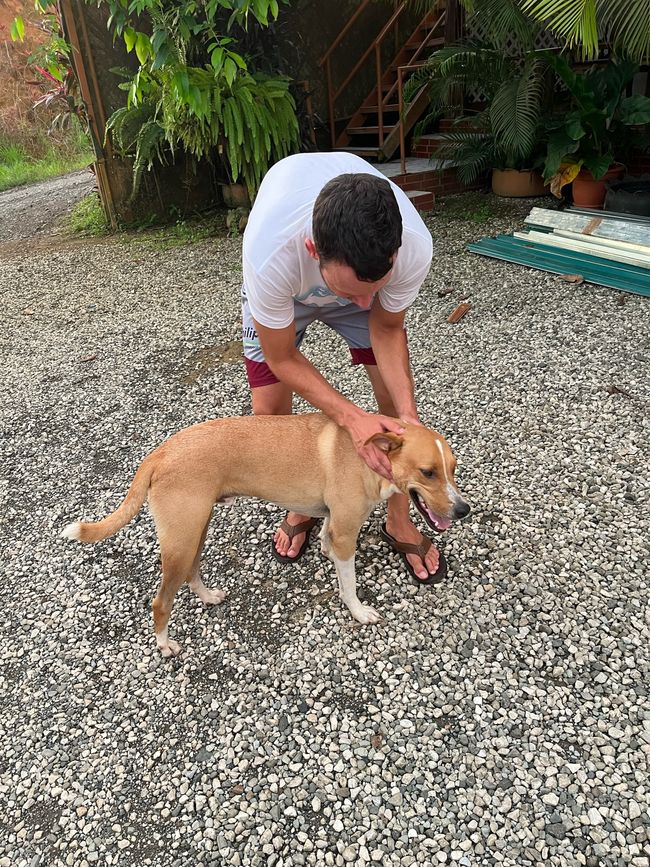
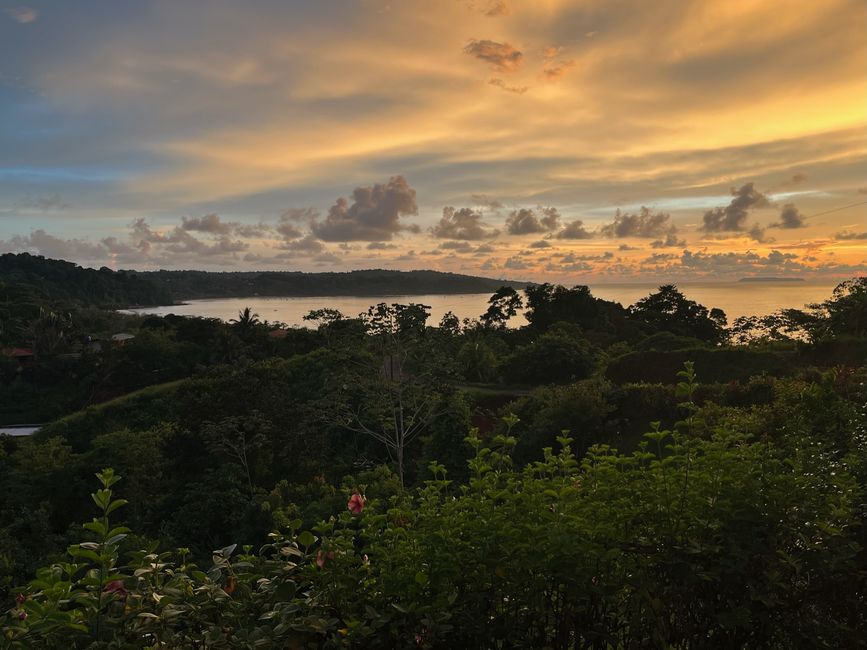
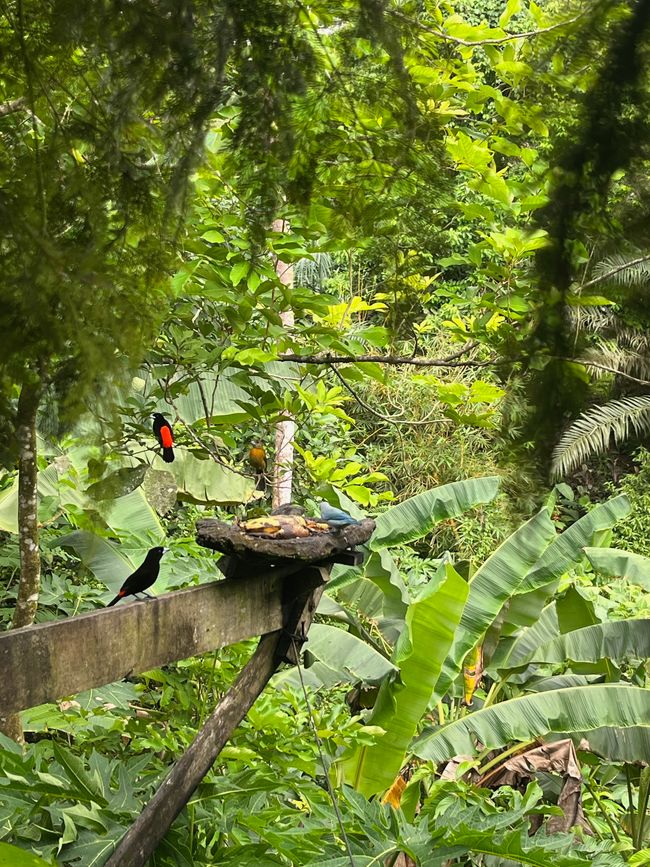
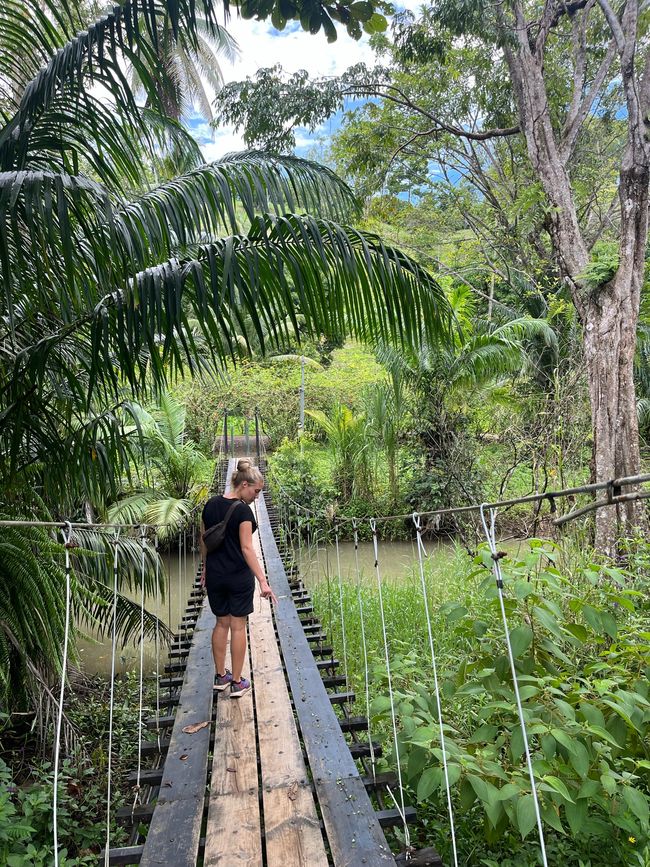
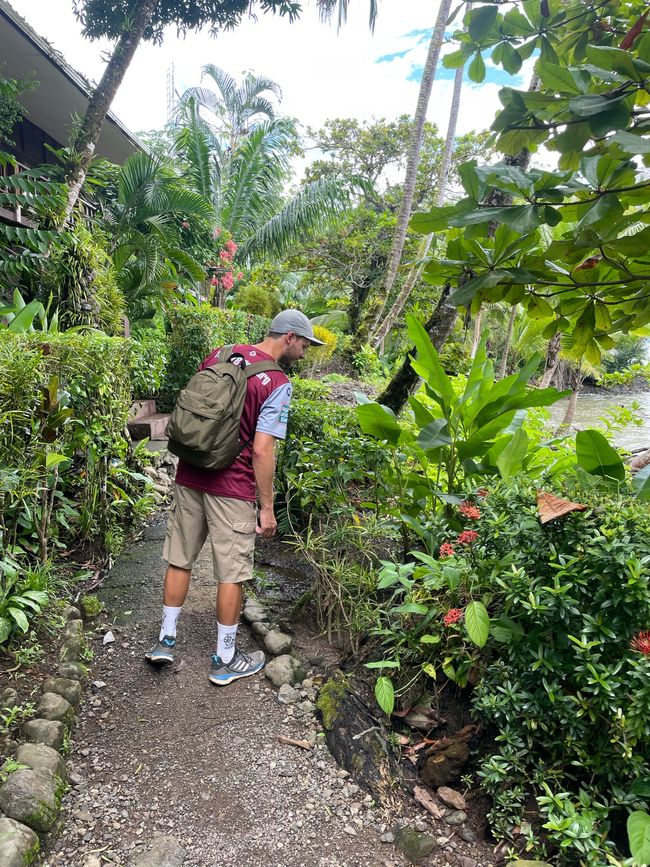
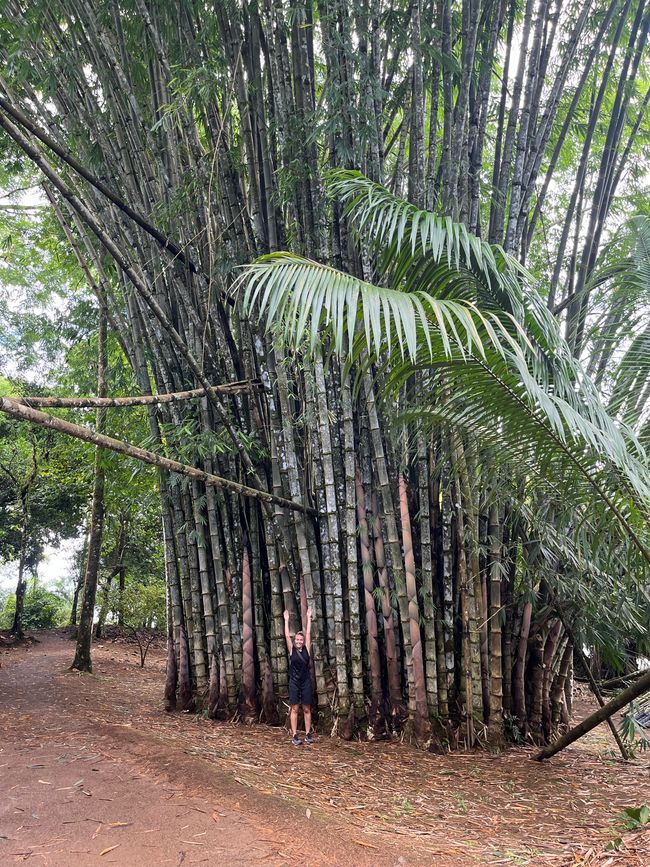
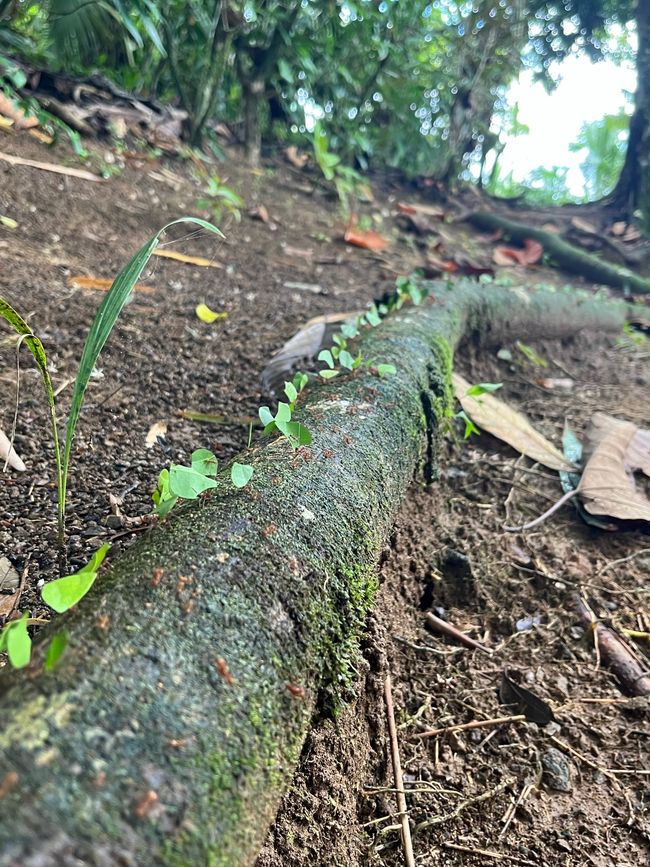
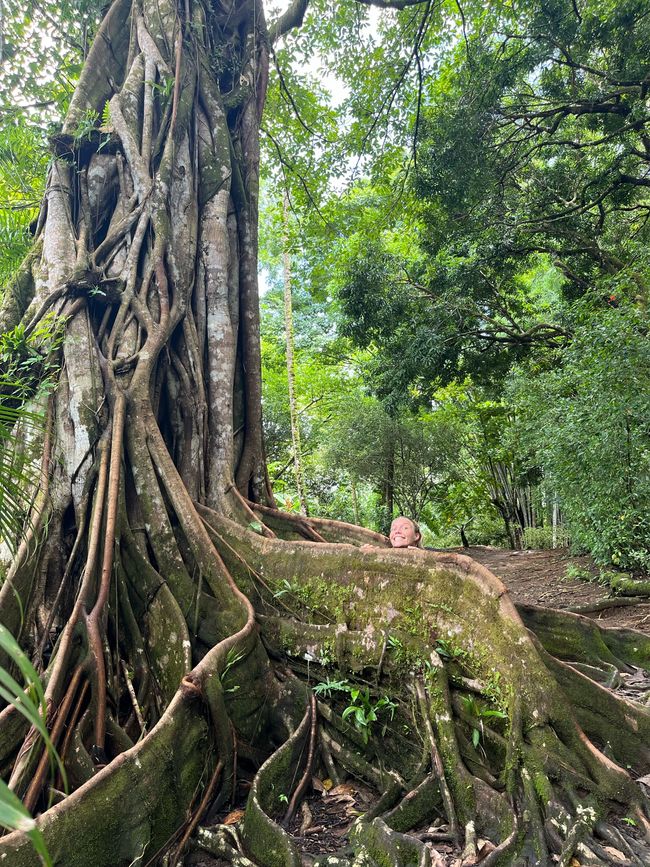
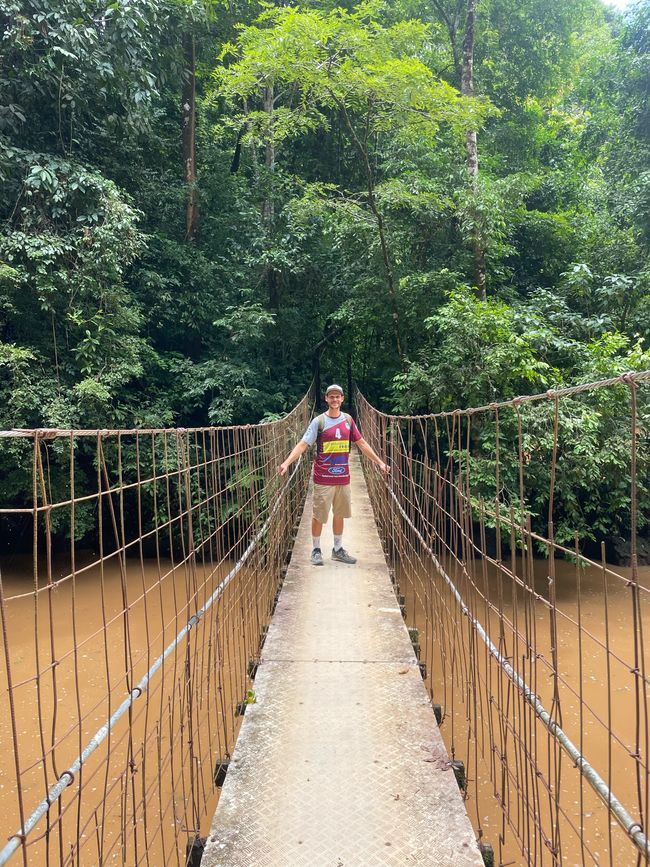
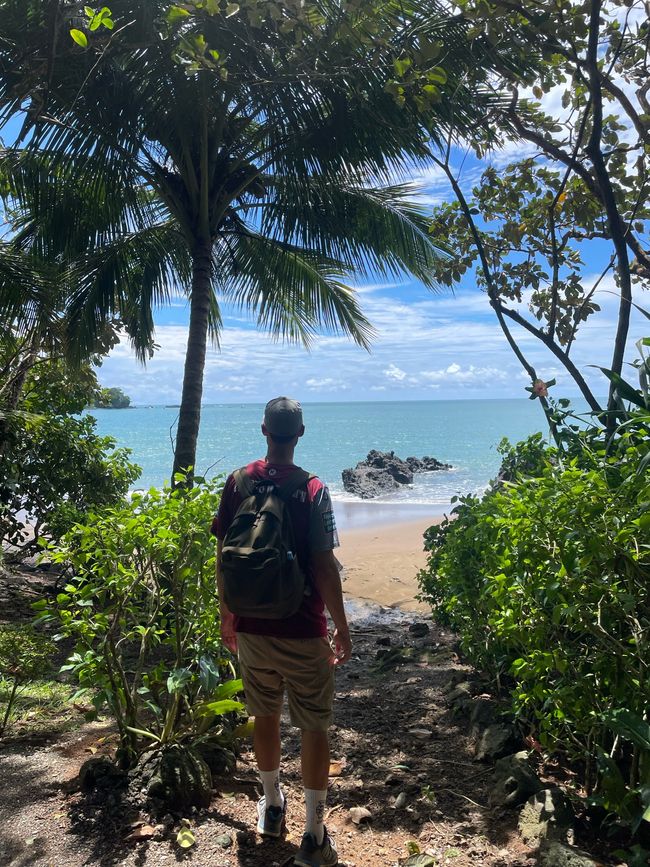
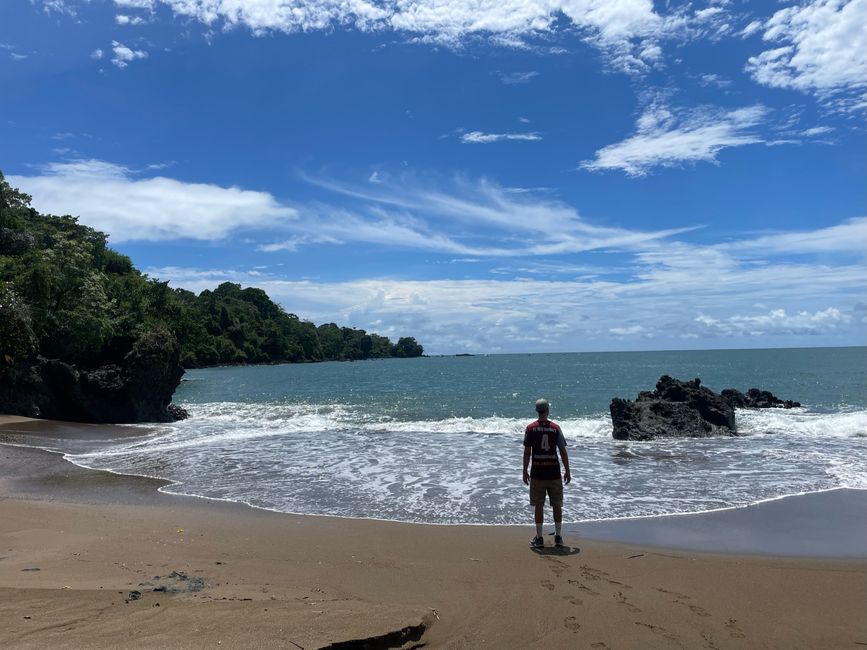
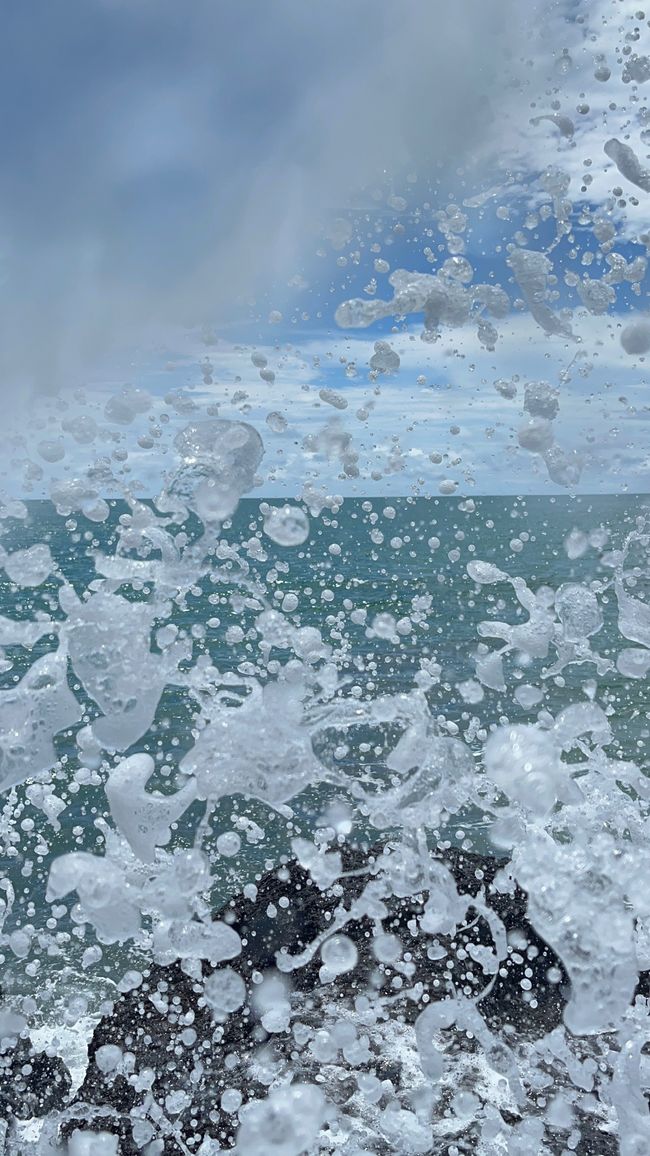
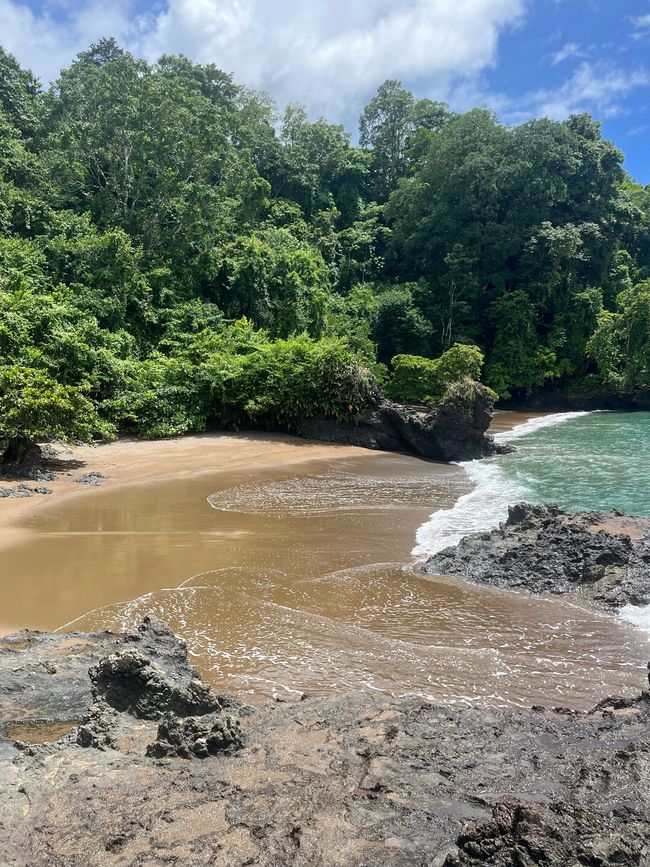
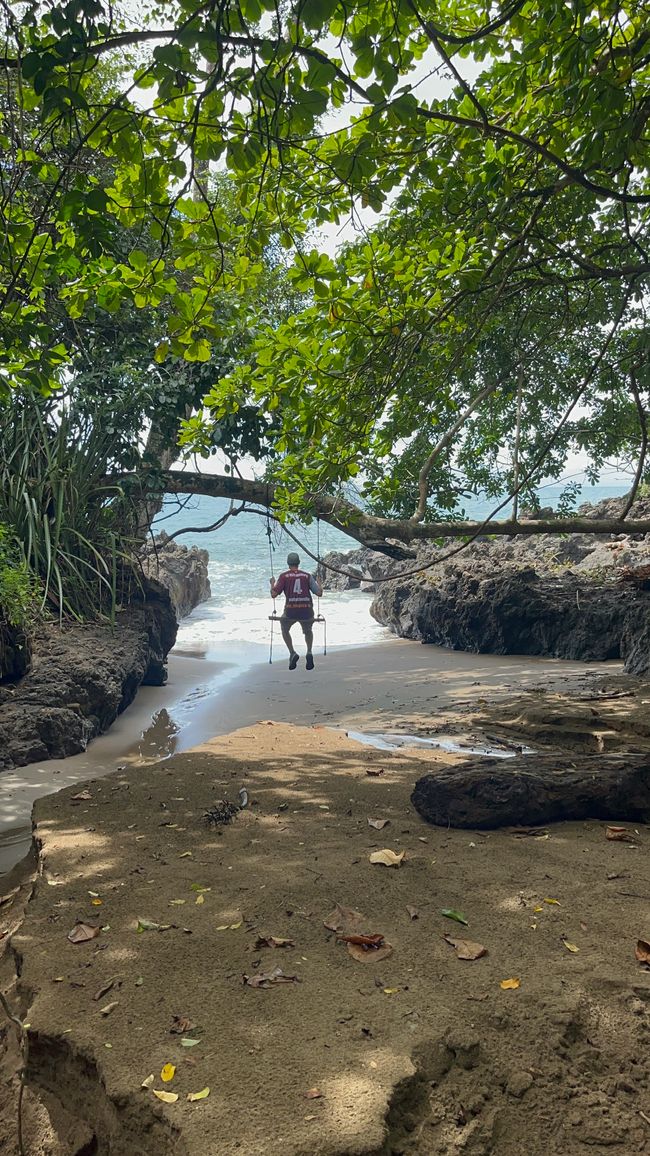
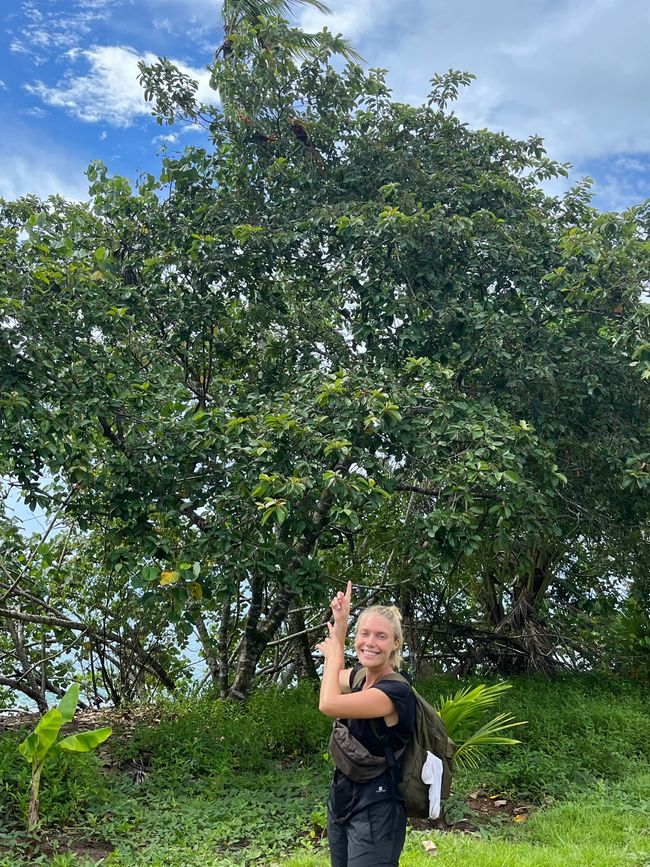
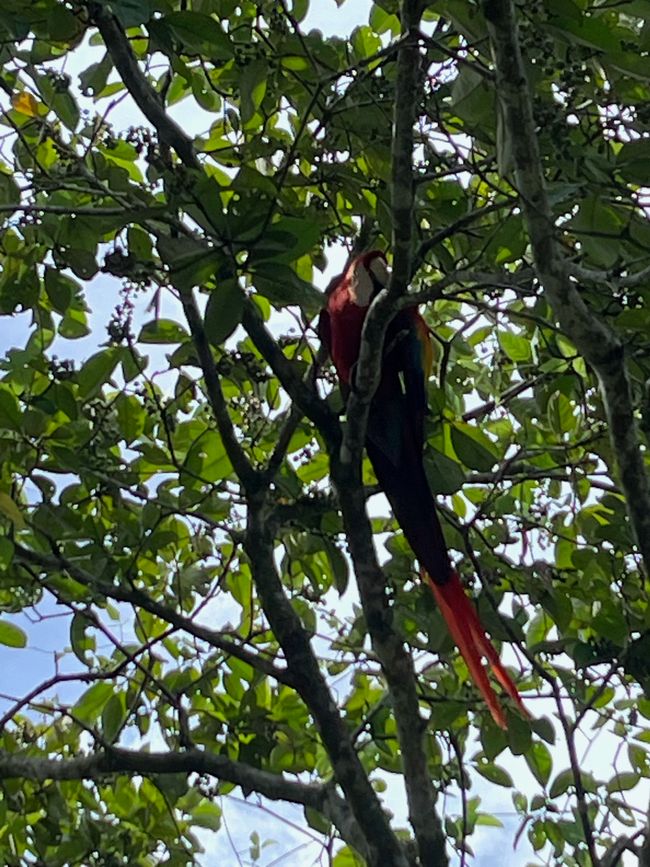
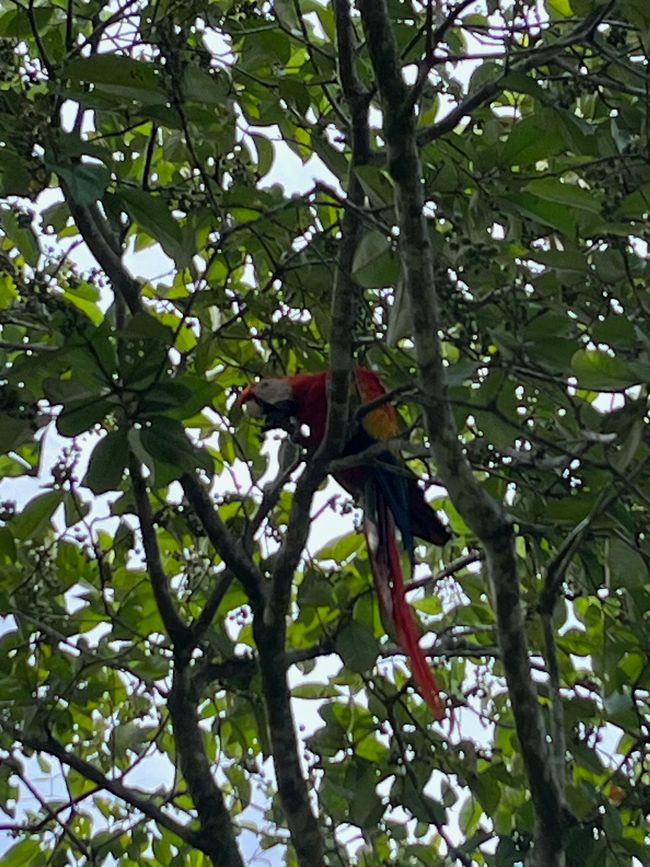
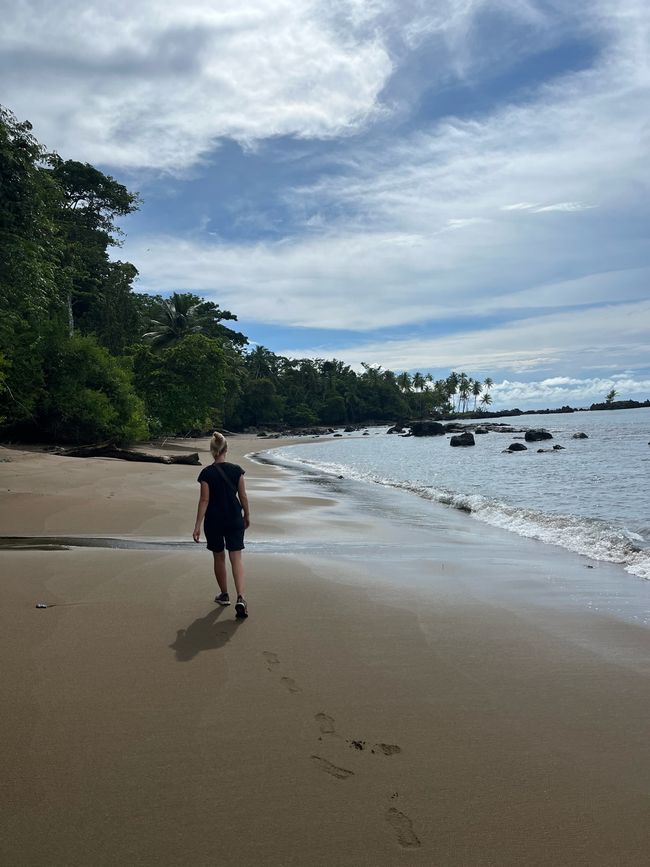
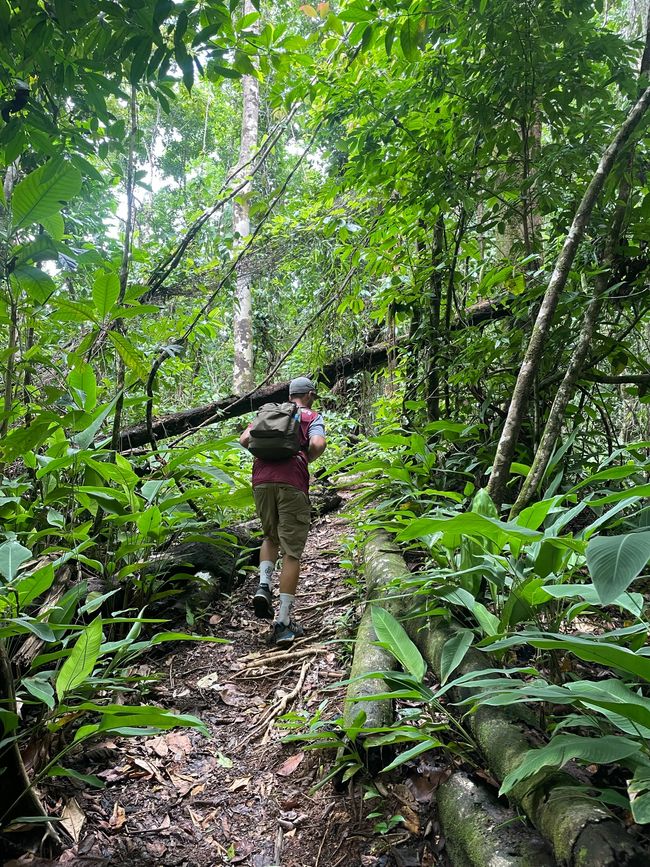
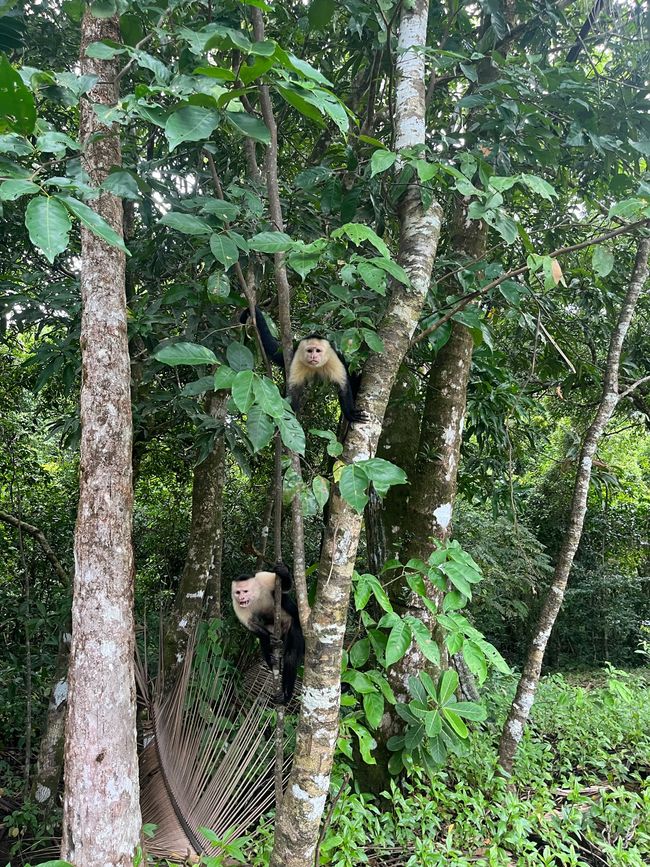
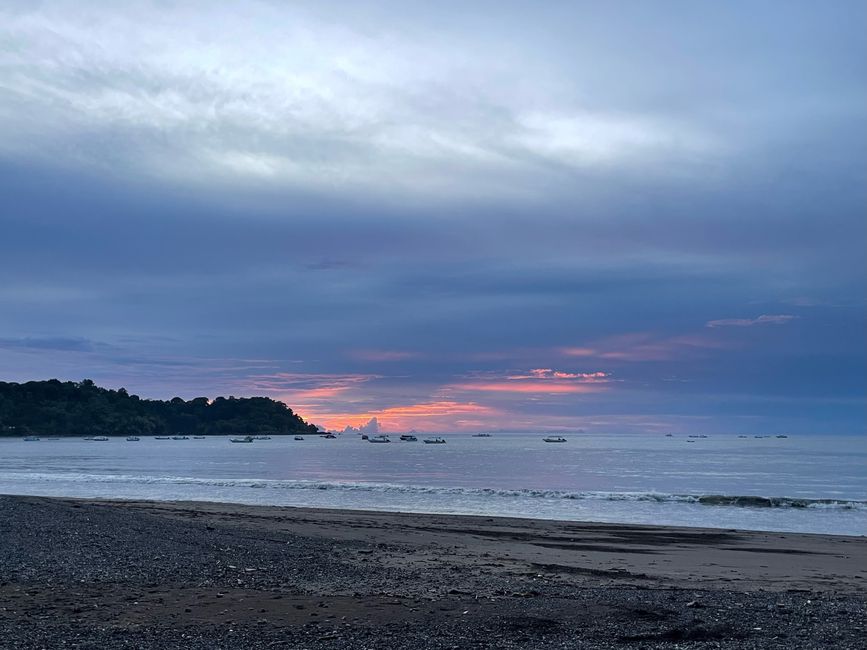
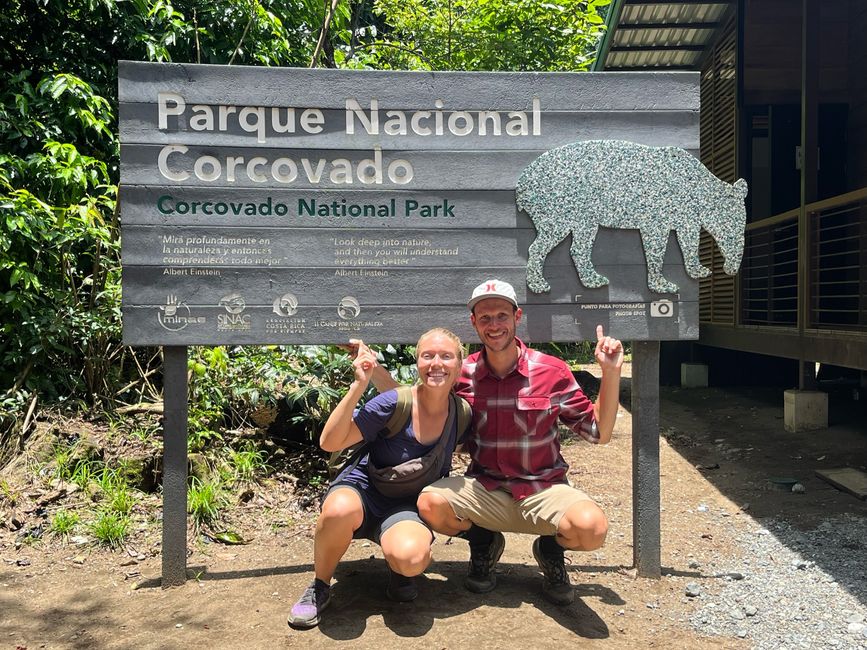
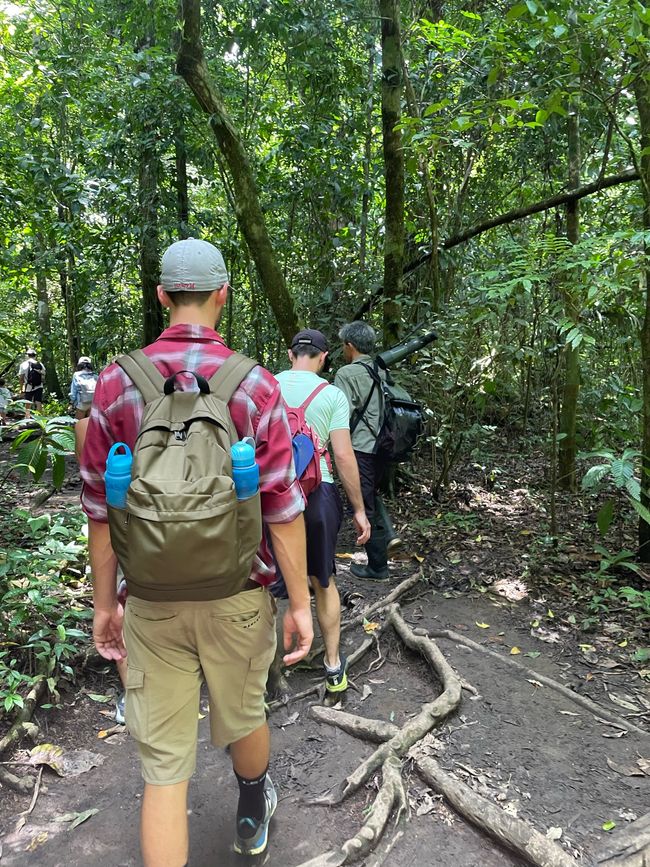
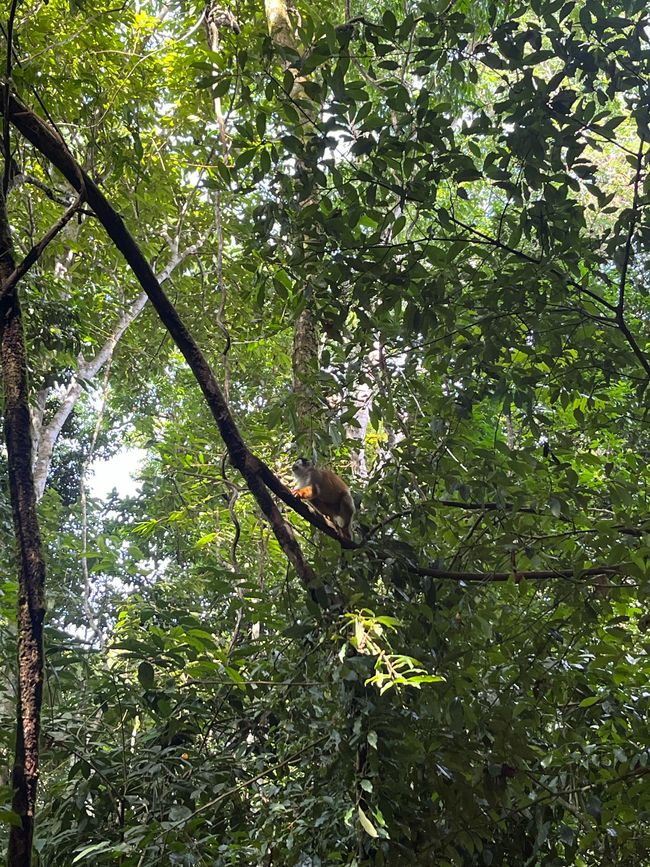
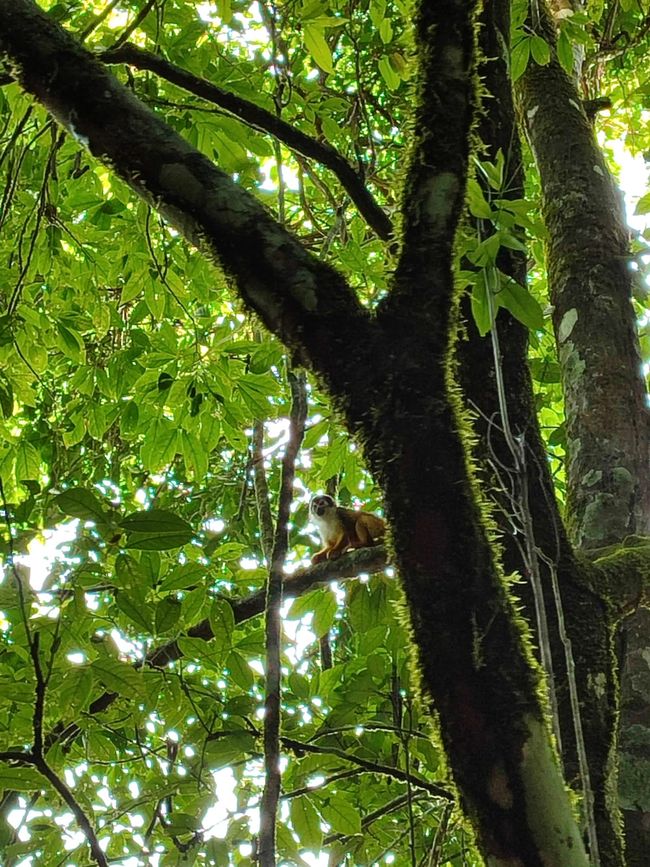
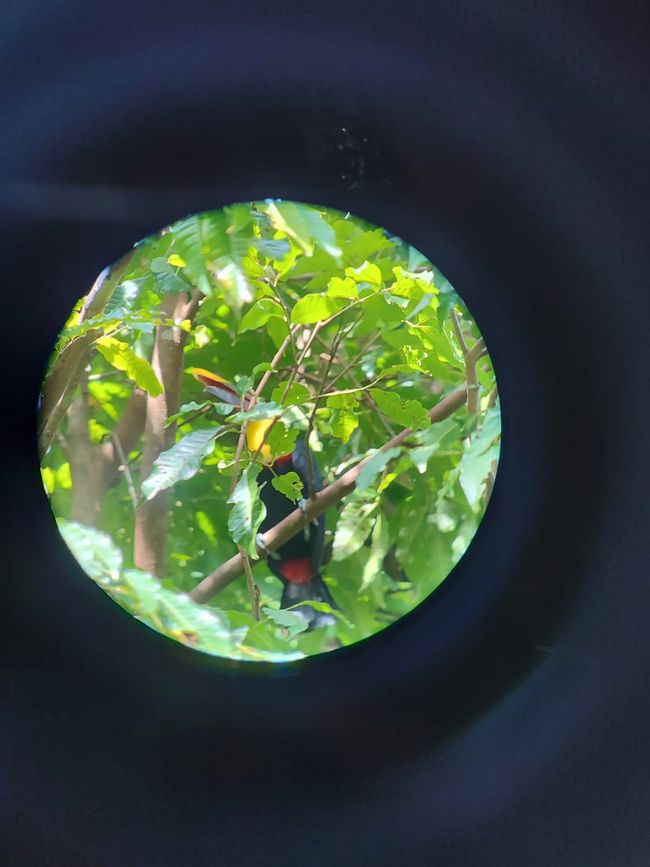
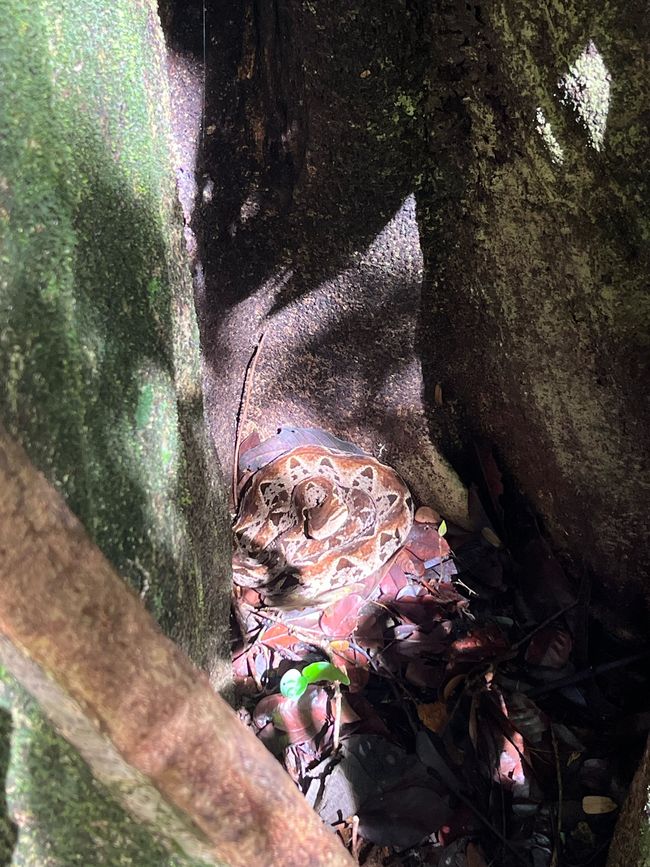
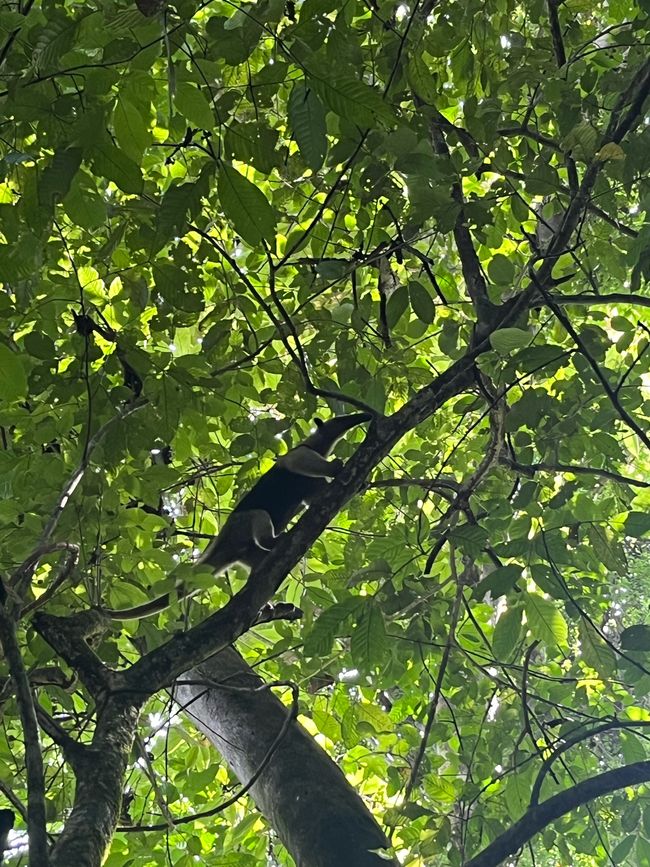
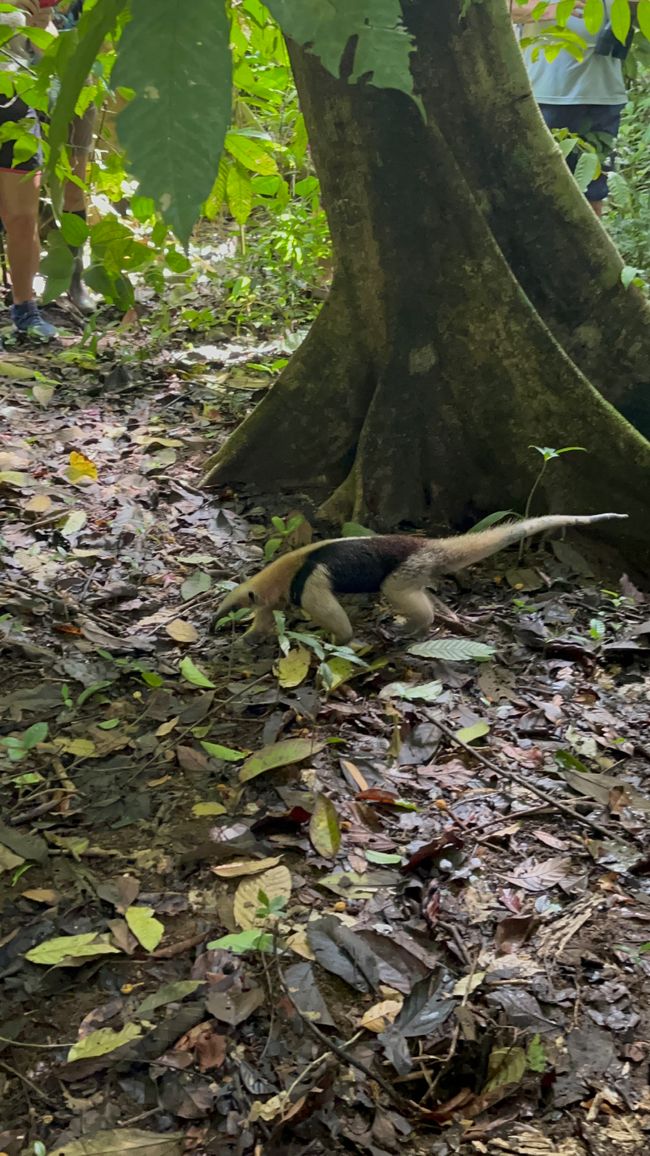
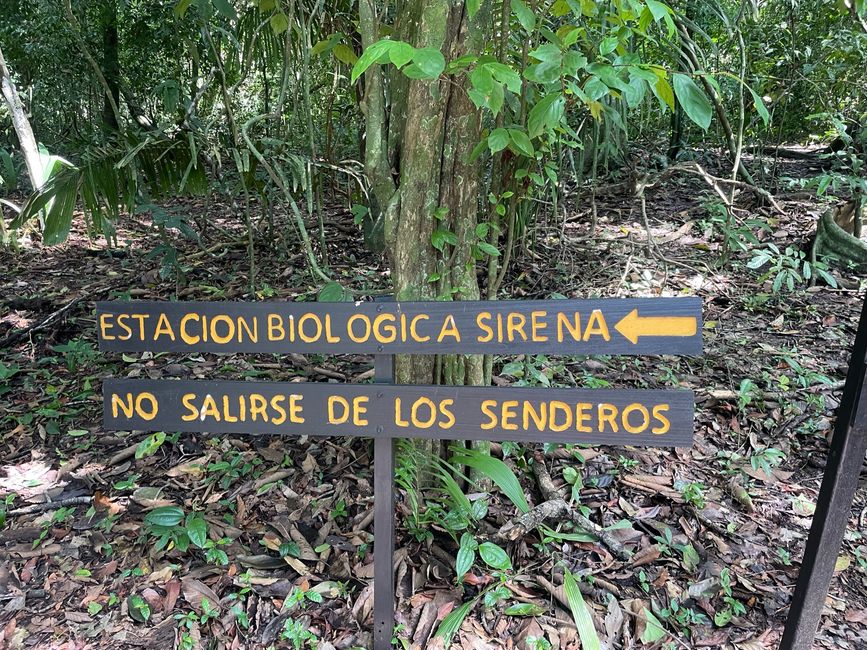
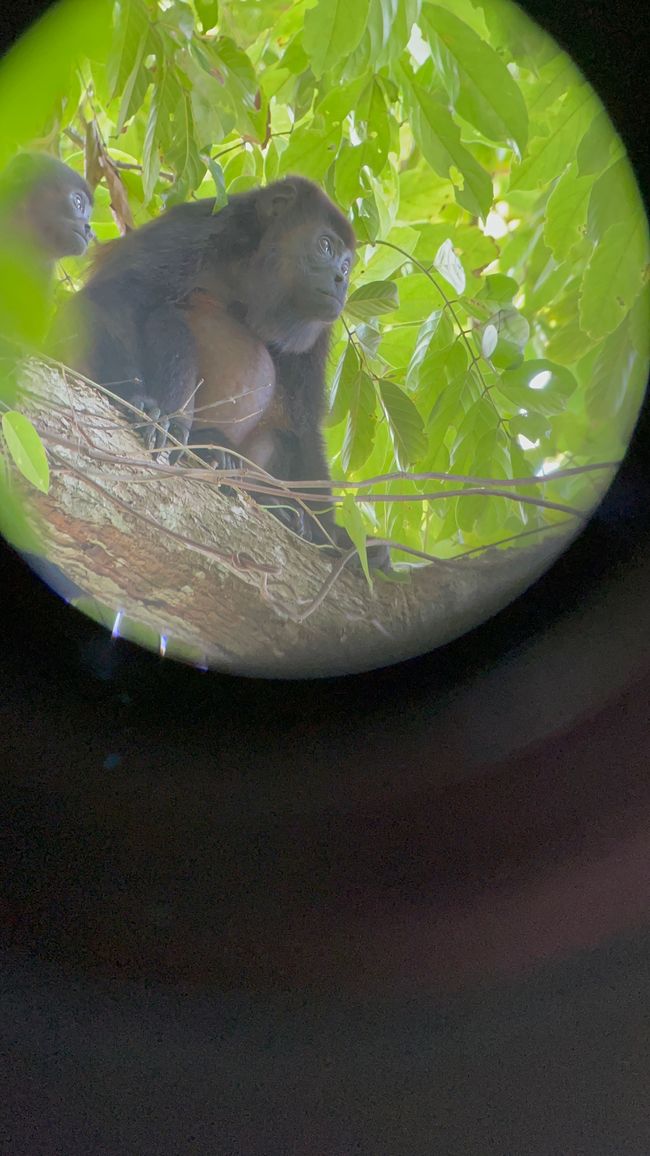
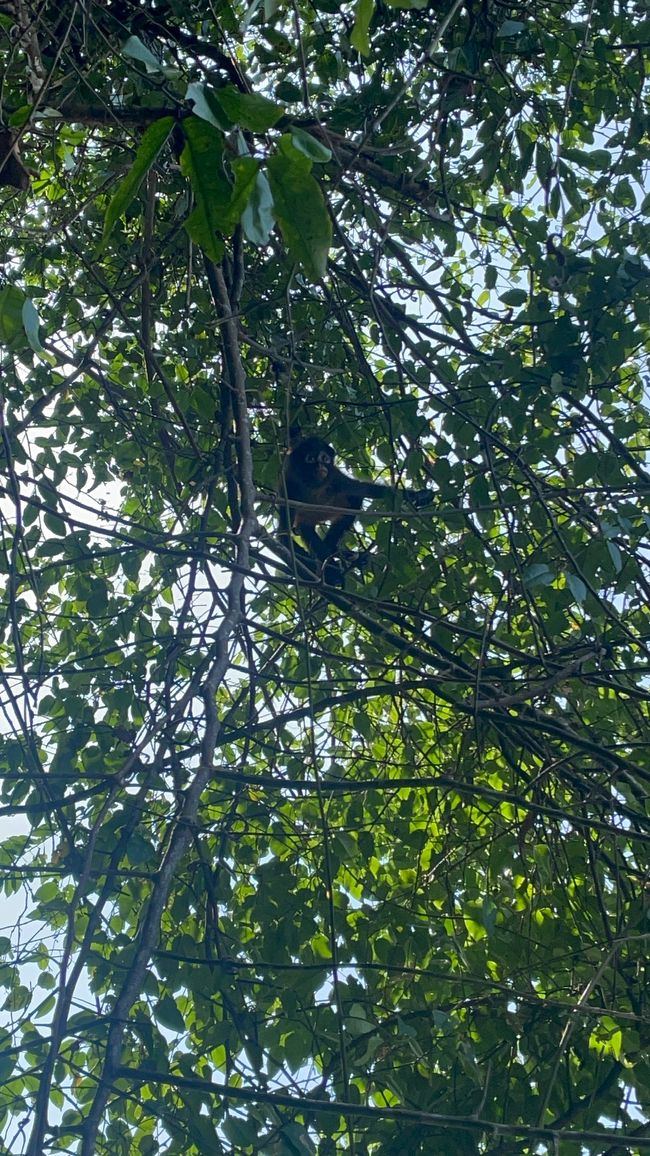
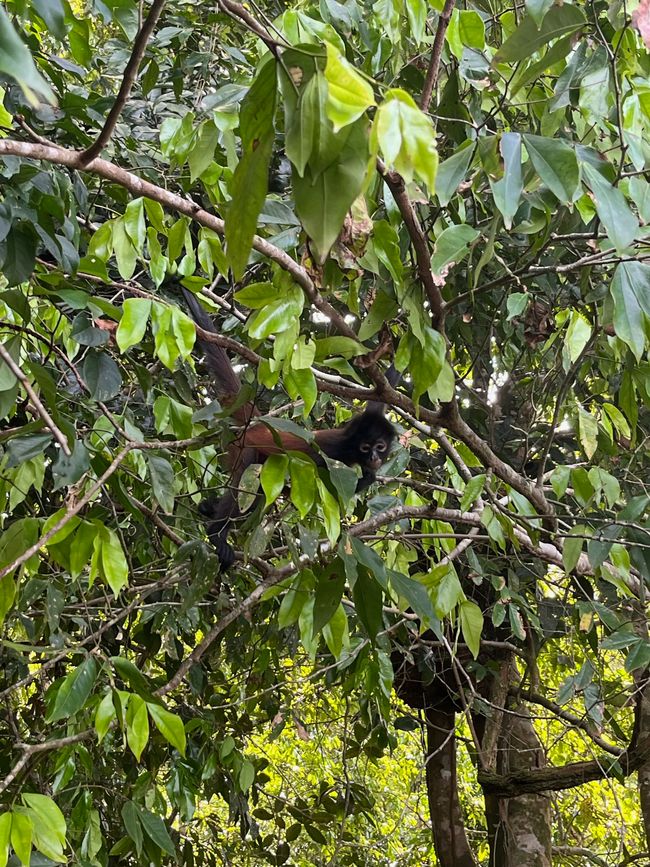
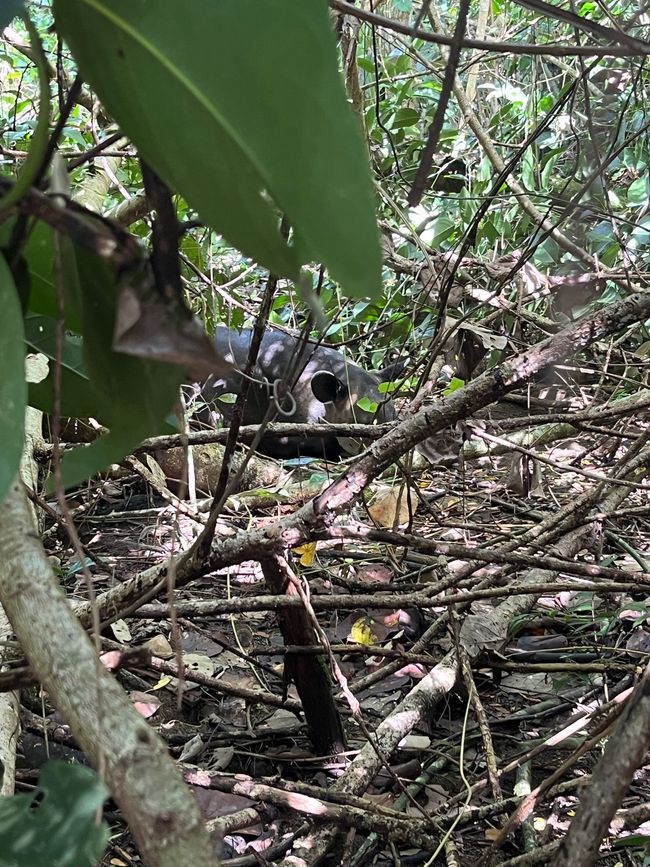
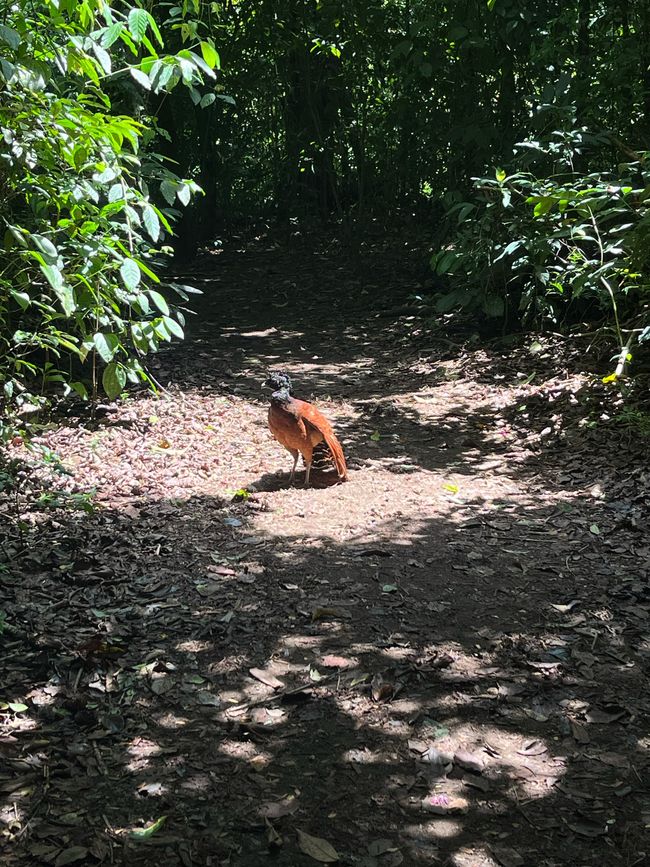
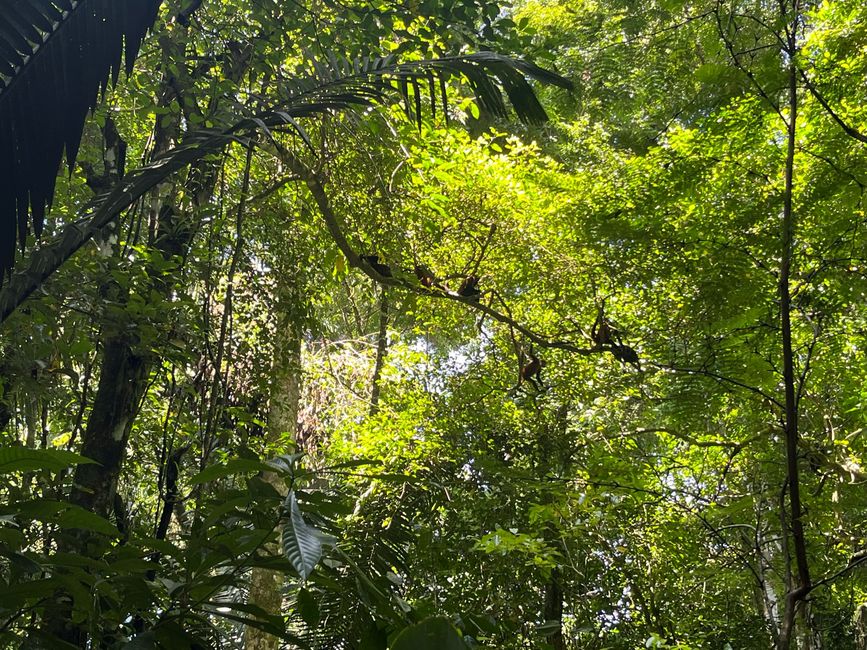
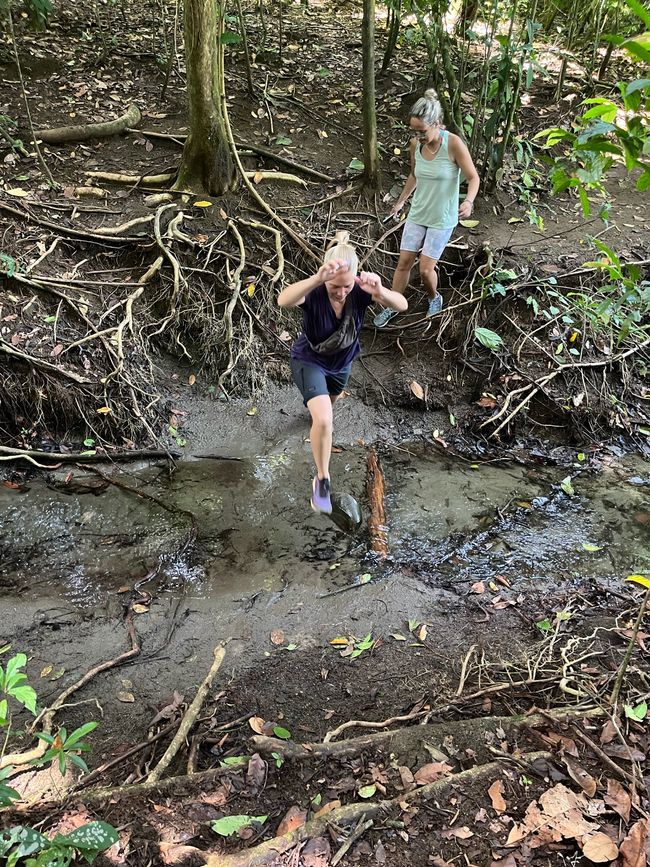
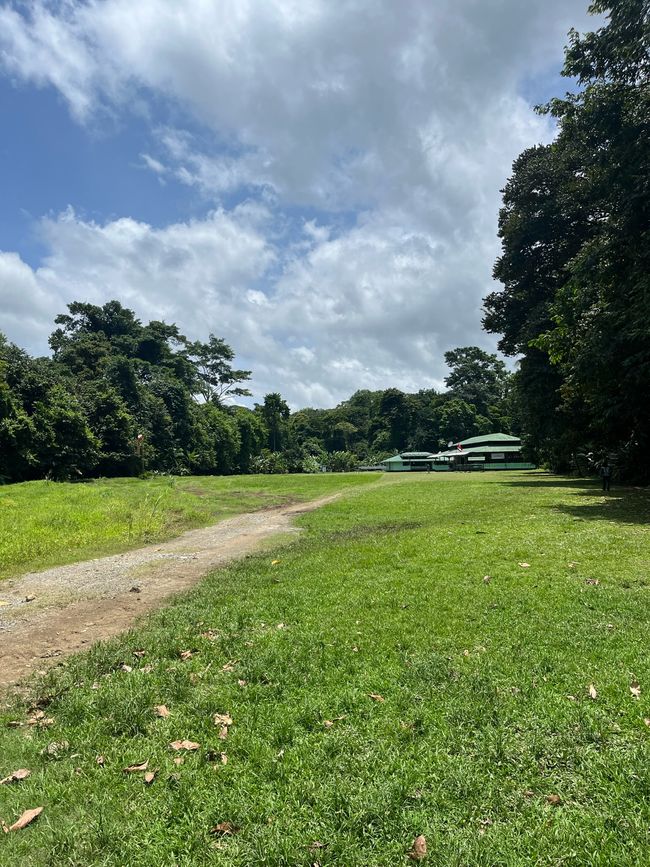
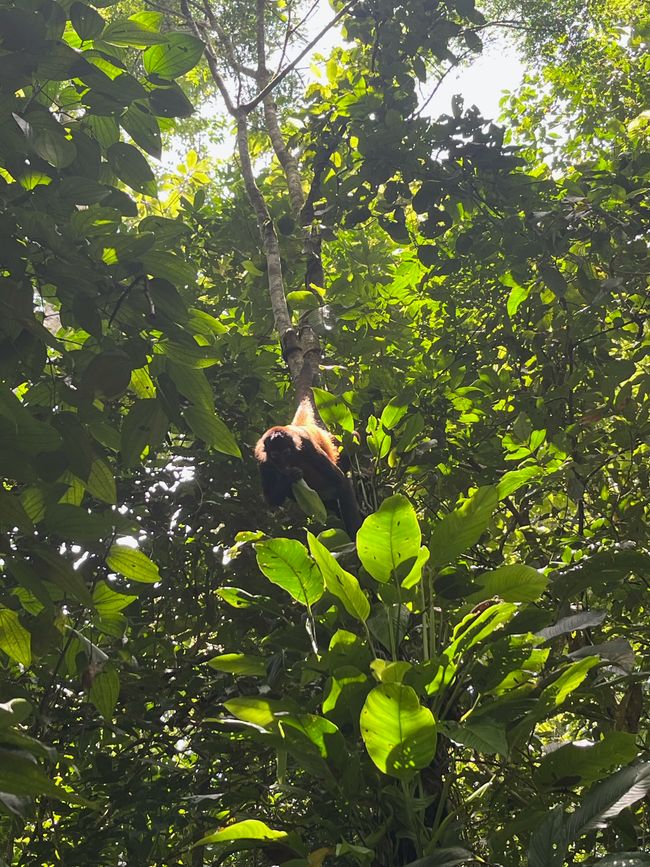
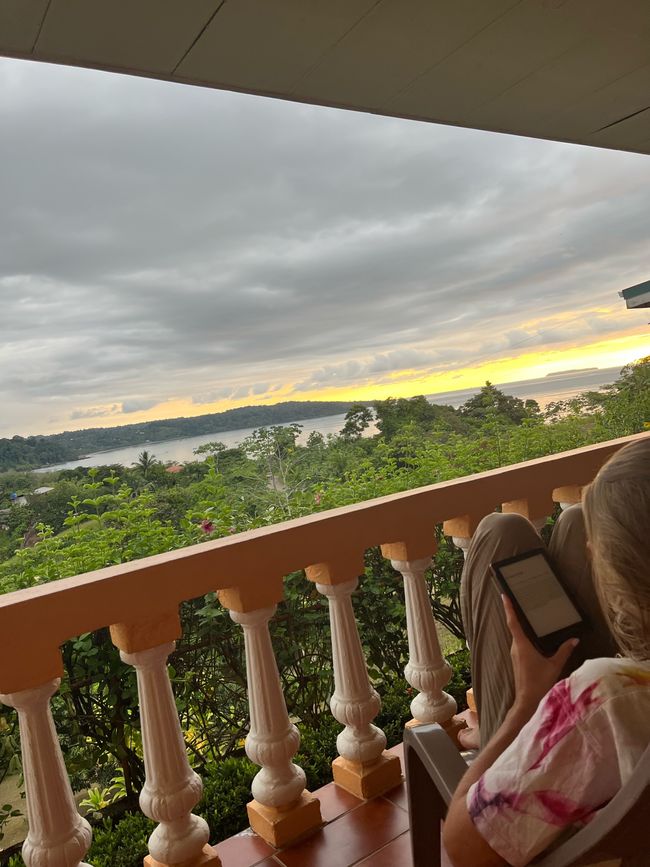
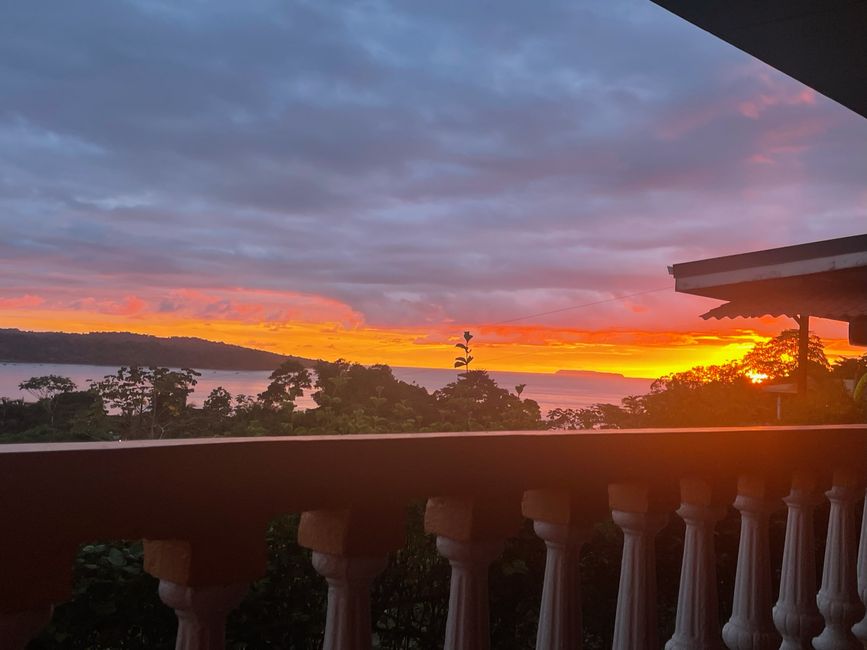
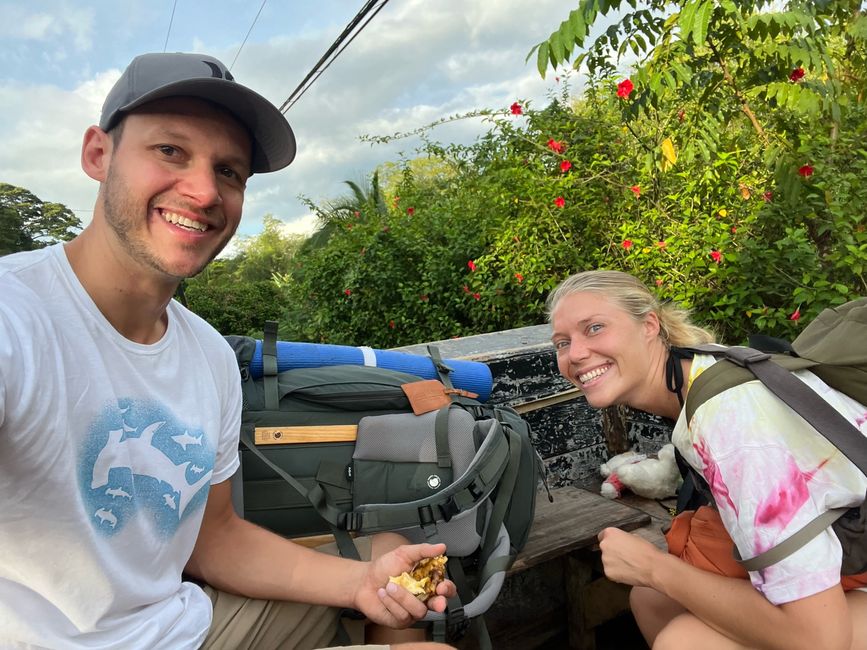
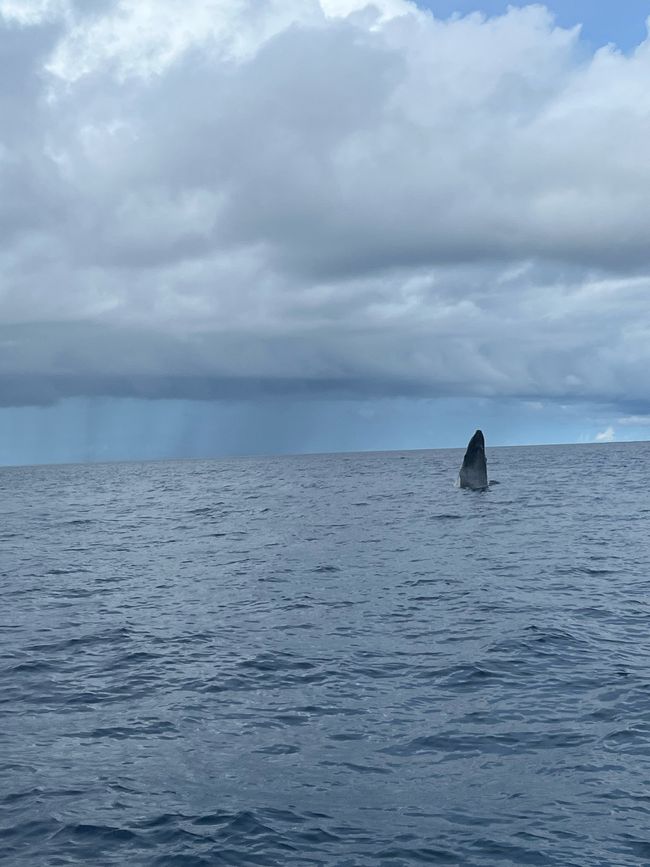
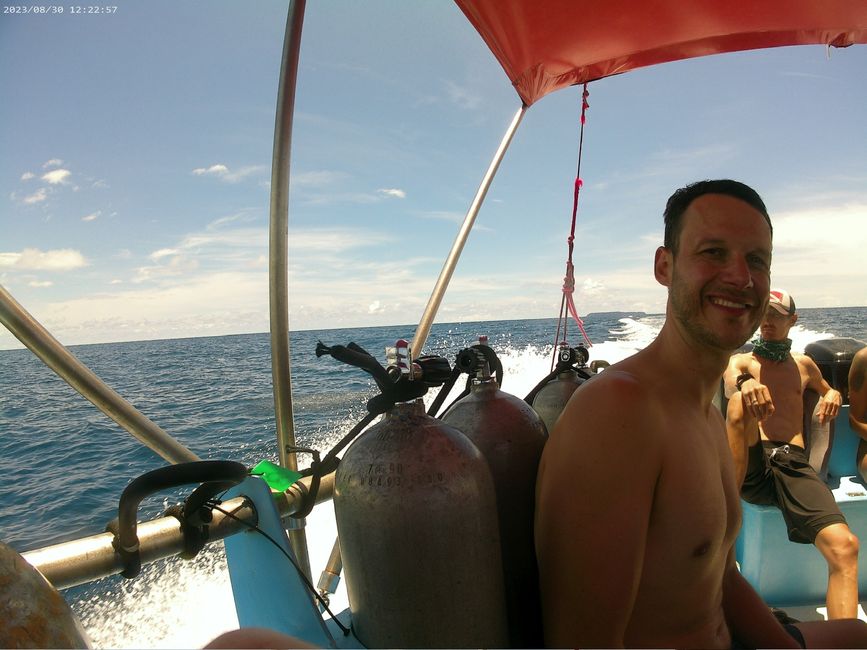
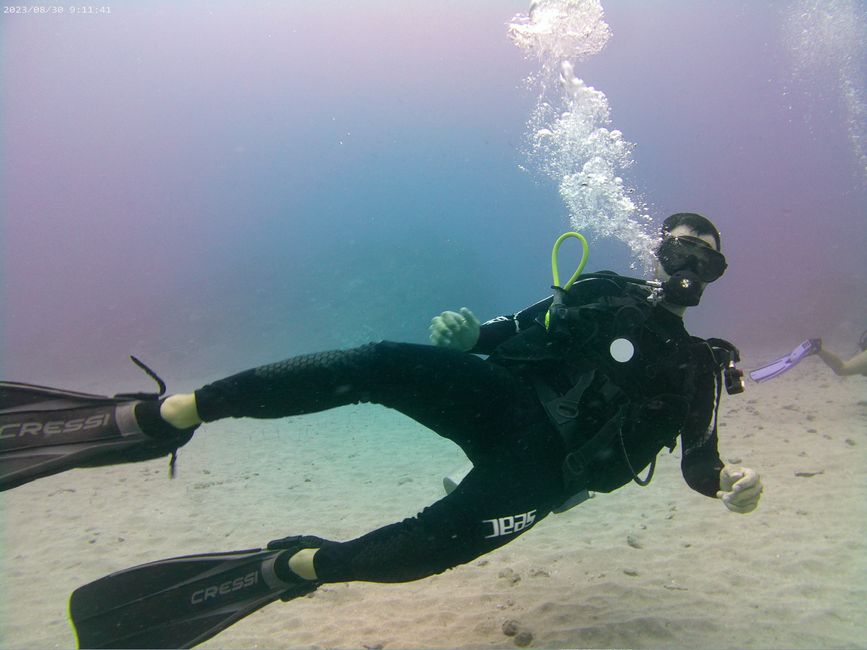
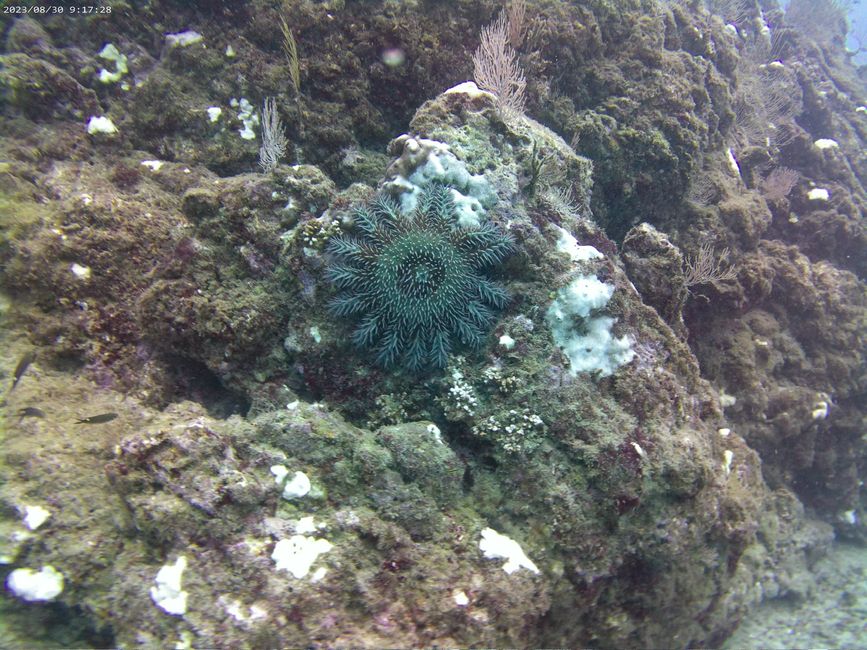
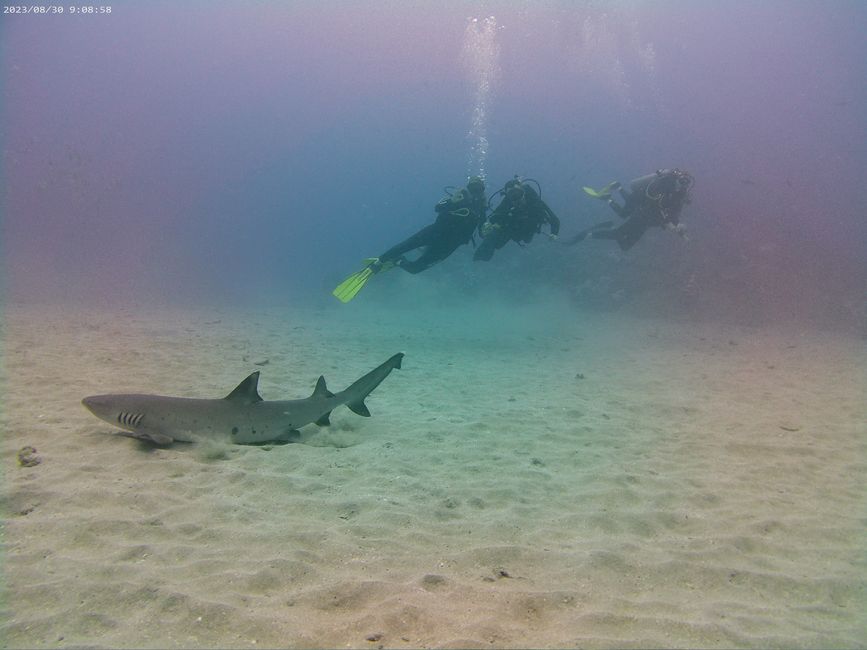
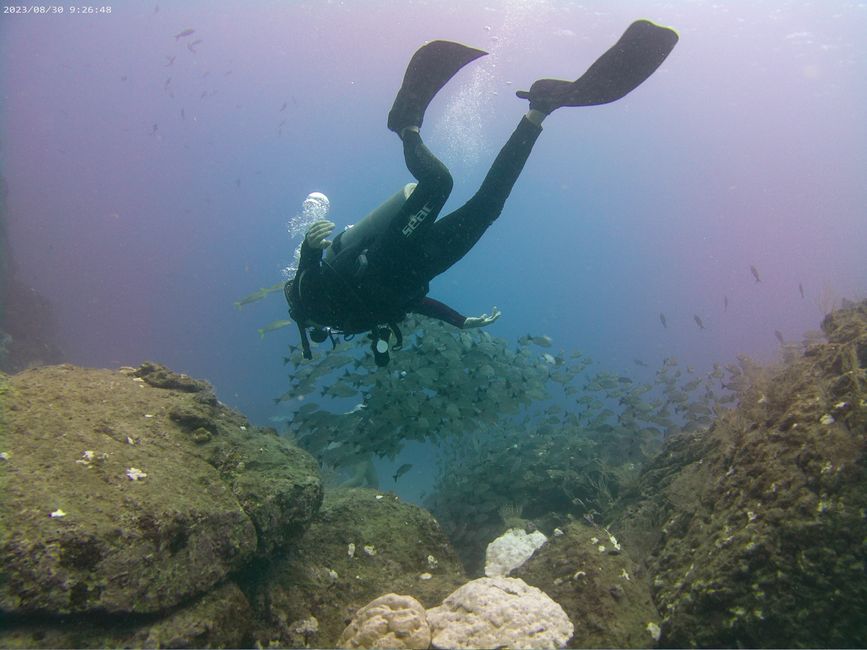
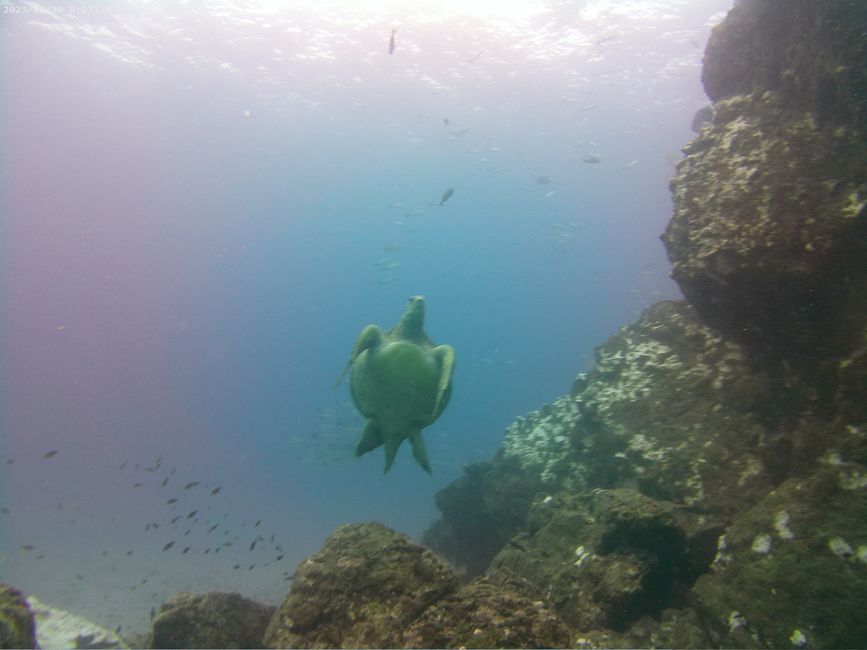
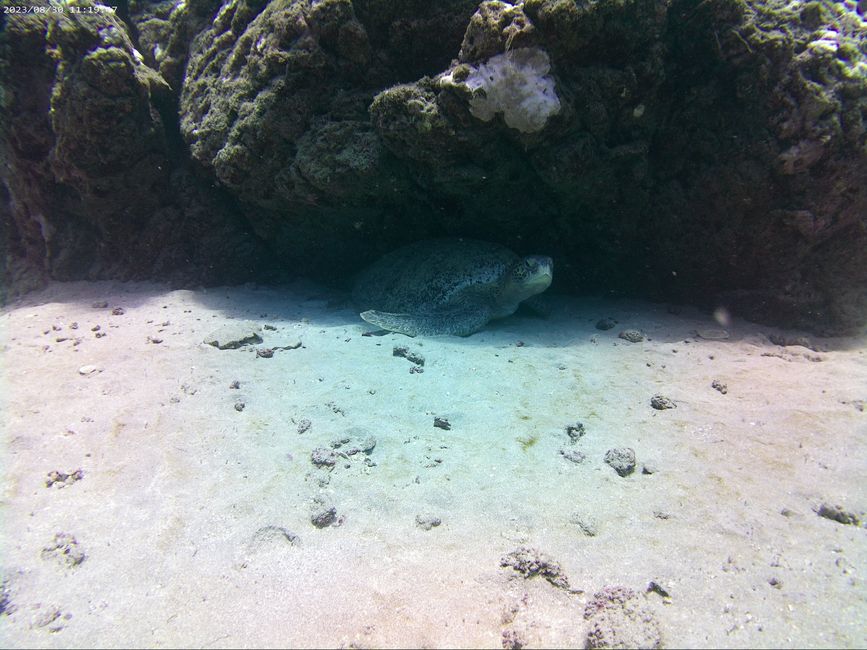
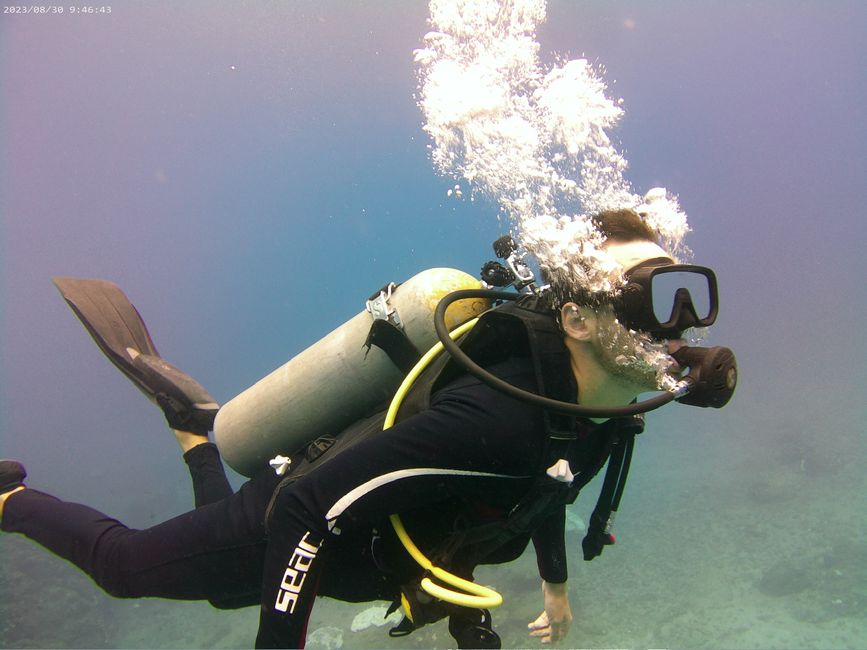
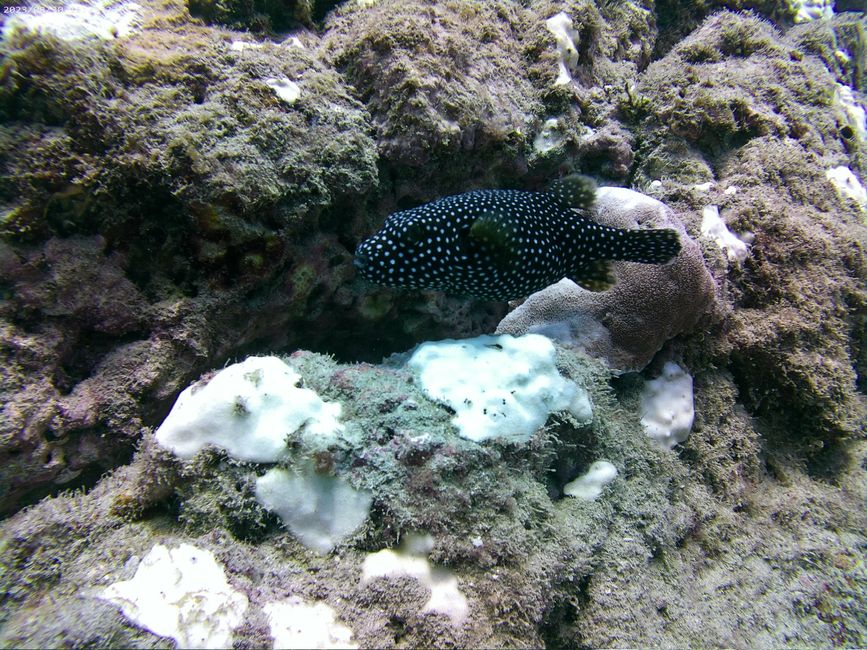
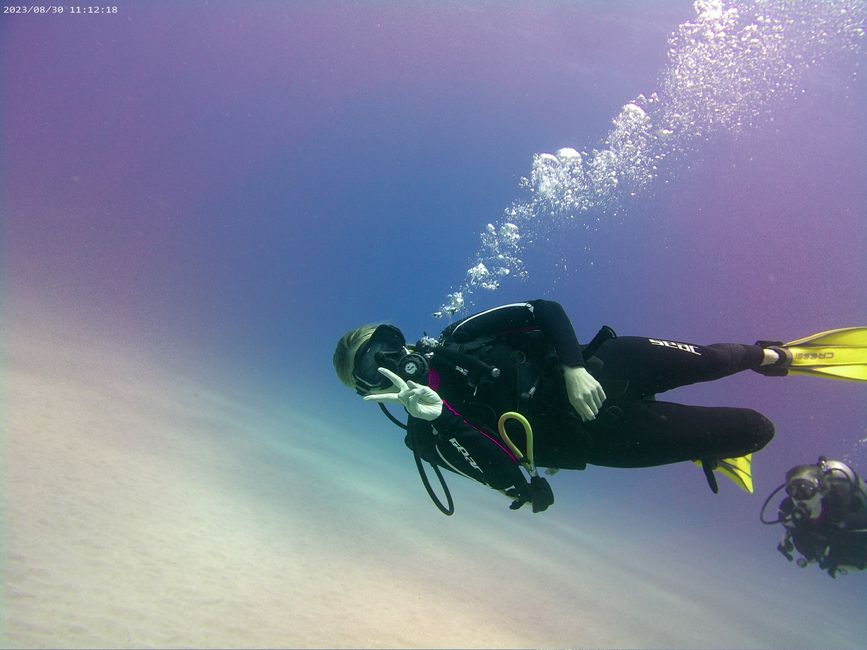
ન્યૂઝલેટર પર સબ્સ્ક્રાઇબ કરો
Together with Laura from Scotland, who coincidentally wanted to go to Drake Bay on the same day, we drove to Sierpe, where we parked the car and switched to a speedboat. Drake Bay is a small town that can only be reached by boat or off-road vehicle. At times we got pretty wet despite the rain ponchos because it suddenly started pouring rain. As soon as we arrived it was sunny again and we dried quickly. Since a taxi was too expensive for us and we wanted to move around, we walked the 45 minutes to our hotel and arrived soaking wet with sweat. If you're not wet from the rain, then from sweat, it's really humid and warm. At the hotel we were greeted by two dogs and two cats and things got even better! We had actually booked a small room with a fan, but were upgraded and given a huge room with a large terrace and air conditioning - it was lovely! After the strenuous journey, we relaxed on our beautiful terrace with a view of macaws and toucans flying by. In the evening we went for a little walk, saw more red and green parrots and were escorted the whole time by the hotel dogs.
The next day, after a persistent rain shower and a delicious breakfast with a view of many birds and a large toucan, we set off on the so-called Drake Bay Hiking Trail around midday. This hiking trail took us along the coast from one deserted beach to the next. On the way we saw a real highway full of leaf cutter ants and, to top it off, 3 of the large red macaws up close. They sat in their almond tree - because, unlike many other birds, their beak is strong enough to crack these solid nuts - and fed eagerly above our heads, every now and then a nut shell landed on us. After Philip was soaked by a bad wave while filming on the beach, he went on without socks. We didn't make it quite as far as planned and turned around after 10km with a black rain cloud behind us. Shortly before the end we made the acquaintance of the monkey mafia. Two capuchin monkeys had smelled our bananas, but using the peels as a toll, they let us pass unharmed. Back in Drake Bay we treated ourselves to a cold beer, after all it was Notch Monday! After the 20km hike we were pretty exhausted, but had successfully left the rain shower behind us.
On Tuesday we set off very early for the tour to the Corcovado National Park. This is considered the most species-rich national park in the world and has been protected for many decades. Together with Dani and Cris from Barcelona and our guide Manuel, we first took the speedboat for an hour to the entrance to the park. Many other tourists gathered there. Even though the number of visitors is limited, there was a lot going on at the beginning, but it gradually got lost in the large park. First we saw the cute squirrel monkeys, which, Manuel explained to us, weigh a maximum of 900g and hopped through the treetops as light as a feather. We also observed a beautiful large toucan through the telescope. We then left the main path and walked deeper into the forest. There another guide discovered a snake and a cute anteater. The anteater was feeding very leisurely on the tree and after a while he crawled down and almost ran over our feet. Manuel explained that they see very poorly, but they hear even better. It was probably too much commotion for him and he ran away, but since he couldn't see so well, he was right in front of the feet of the enthusiastic spectators. Further along the path we saw a group of howler and spider monkeys, each with a cute baby. A few minutes later we saw a family of coati, i.e. coatis, marching across the path in front of us. The animals here live so undisturbed and are so used to the small groups of tourists that they go about their daily business quite naturally. And then Manuel said that we were turning back into the forest because we were looking for a tapir. We were hoping to see one here and our wish came true. He was lying lazily in his mud pit, somewhat hidden by branches, but we were completely thrilled. A peccary (wild boar) was also running through the forest. Jana is actually always frightened - she had already had a dangerous encounter with German wild boars while jogging and only successfully managed to escape them thanks to Bärbel's help 😜 - but this specimen here seemed completely peaceful. Afterwards we saw a few birds, including two of the great red macaws. Afterwards we walked along the beach and saw another tapir running around in the bushes! We continued walking to a river and where it flows into the sea. Manuel said that sometimes a rare spectacle occurs here at high tide. The crocodiles from the river meet the bull sharks from the sea and have a fight. Unfortunately we had dead pants and neither one nor the other could be seen, but we were able to walk barefoot through the river without any danger 😄. Our hike took us to the Sirena Ranger Station, where you can also spend the night. We just looked at the station from the outside and walked back to our starting point, where we saw another spider monkey up close and another anteater. We went back by boat and spent the rest of the day on our terrace with a beautiful view over the bay.
For the last day, diving was finally on the agenda again. We checked out of our lovely little room early in the morning and walked fully packed to the diving school. On the way a car took pity on us and we were allowed to ride in the back. After trying on the equipment, we went on a speedboat again, together with some snorkelers and two other divers, Robert and Babsi from Bavaria. The destination was the Isla del Caño, which is also a protected area and is about 45 minutes from Drake Bay. Shortly before we arrived, the boat captain spotted humpback whales that come from Antarctica to raise their children in the warm waters. We were really lucky because there was a young animal who kept jumping out of the water in a playful way and showed us some of his tricks. Then we went on our two dives. The visibility was incredibly good, almost like on Easter Island, and the water was pleasantly warm. Unfortunately, this usually means that there are fewer nutrients and correspondingly fewer animals in the water. Nevertheless, we saw schools of fish, turtles, a white tip reef shark, two stingrays and puffer fish. It was really fun to dive again in such great conditions and to float through the water in a relaxed manner. And they were our two longest dives so far, we were underwater for 1 hour each! Then it took 45 minutes back - this trip is really very boat-heavy 😅. After a somewhat meager lunch and two forgotten bags that were kindly brought to us by the diving school 🙈, we went - how could it be otherwise - back to Sierpe on the next boat. We then drove a few kilometers towards the east coast by car, but made a stop because otherwise we would have had to drive too long at night.
Our next destination is Puerto Viejo de Talamanca in the southeast on the Caribbean coast.
ન્યૂઝલેટર પર સબ્સ્ક્રાઇબ કરો
જવાબ આપો
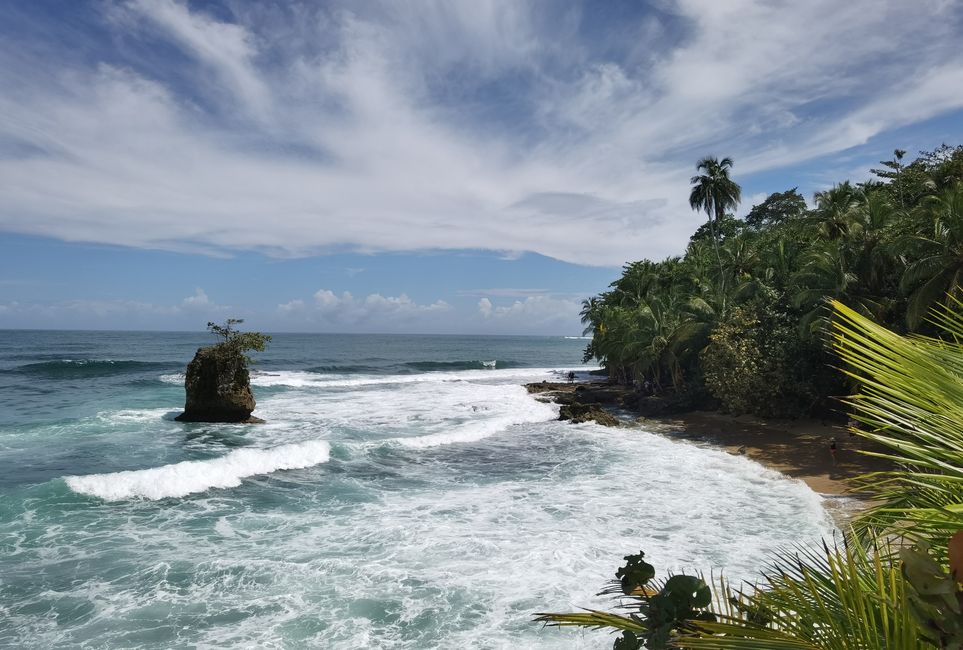
મુસાફરી અહેવાલો કોસ્ટા રિકા
